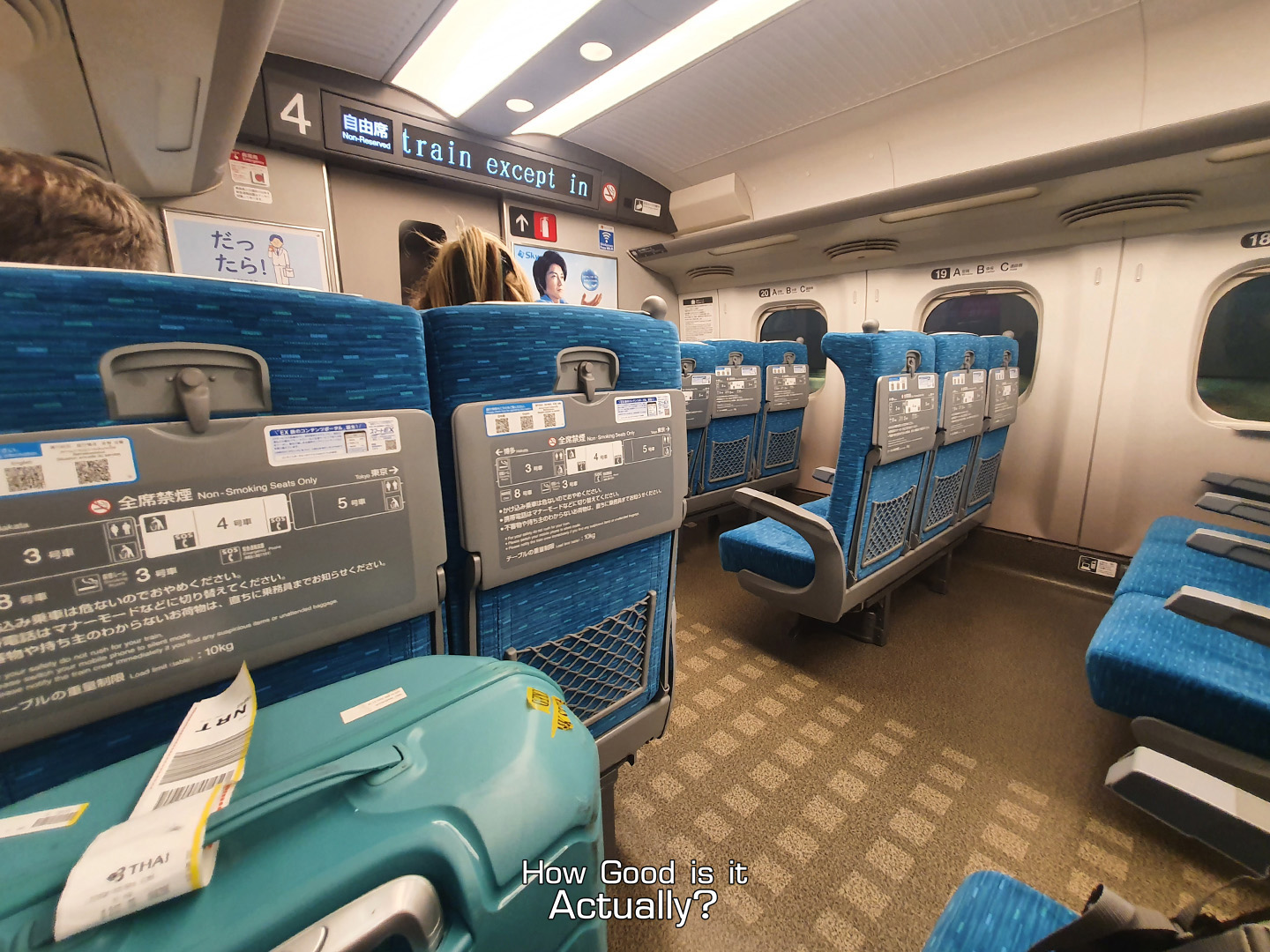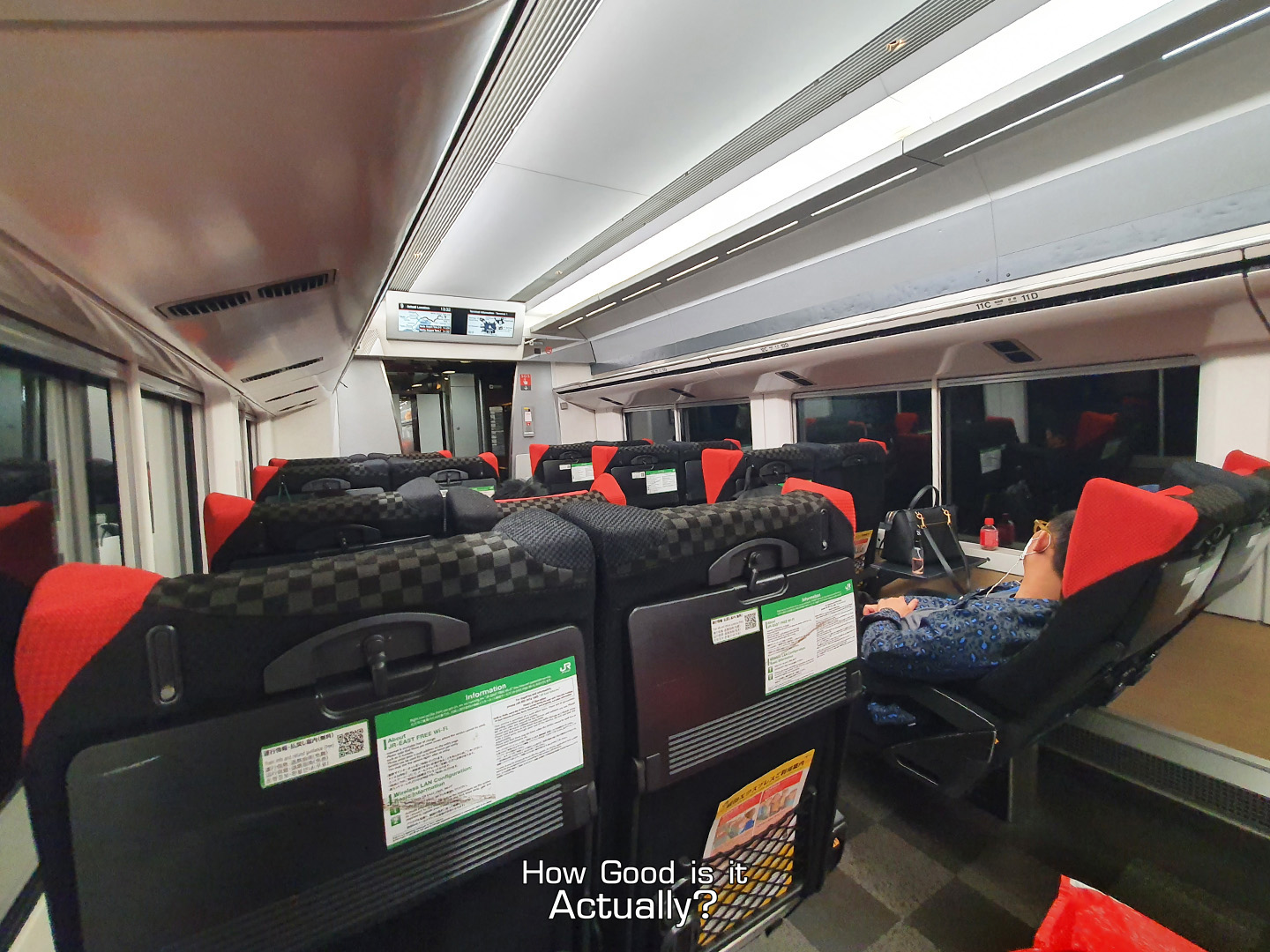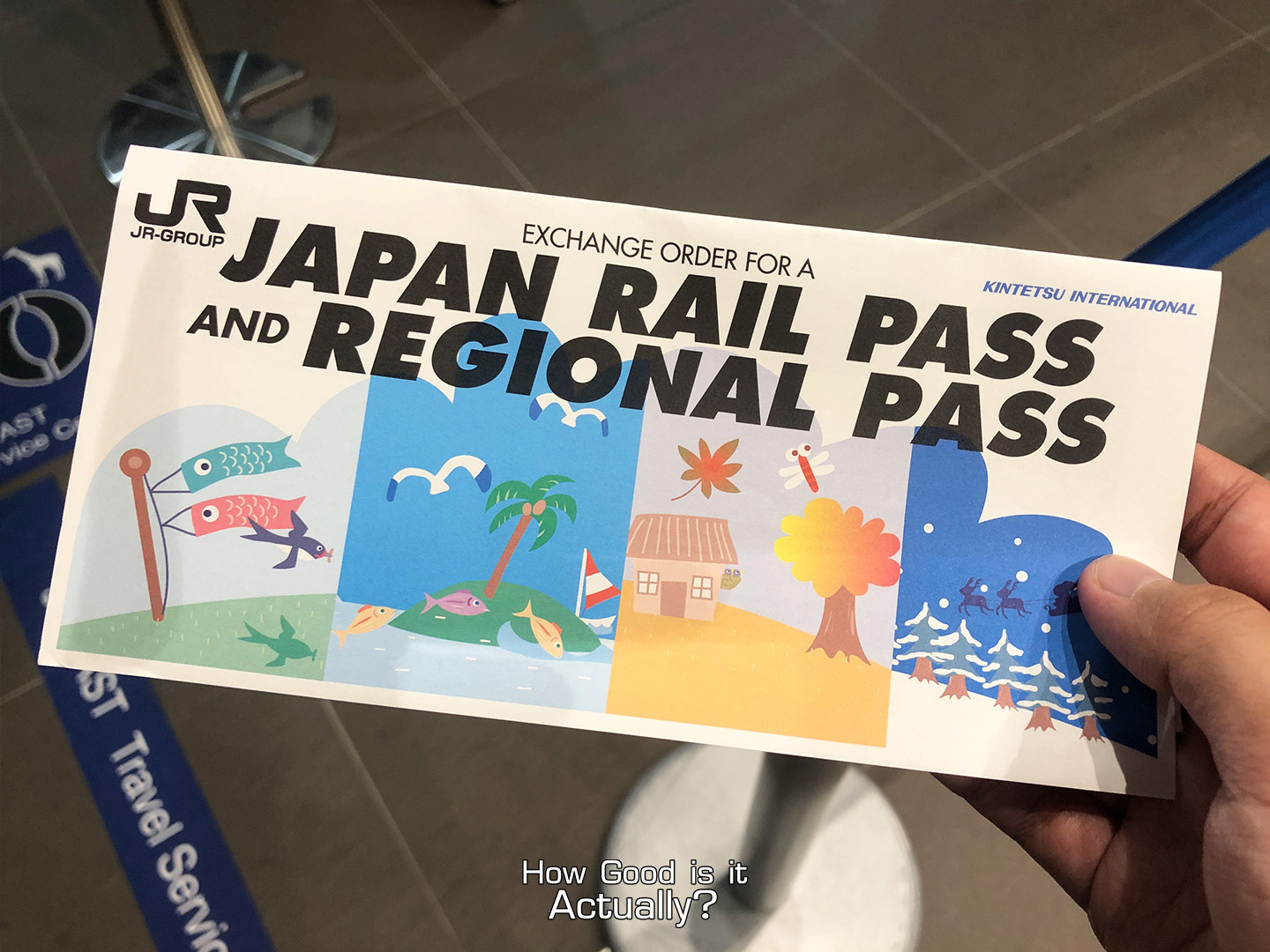When travelling in Japan, you have a lot of options when it comes to travelling between regions. Between local trains, night buses, and high-speed trains, each option provides their own mix of cost, time, and convenience – and are all viable options depending on how much you value each factor.
For the fastest option, the Shinkansen offers by far the speediest service – being over twice as fast in some routes. It does come at a cost, quite literally, as the Shinkansen is among the priciest options here.
The Japan Rail Pass is one of the ways to offset the high price, offering tourists a fast and economical way to explore the country. It’s still not the cheapest thing in the world, but depending on how the trip is planned, the JR Pass can help you save some money in the long run. So what does the pass actually offer? And what’s the minimum amount of travel you need to cover the cost of the pass? Let’s find out. How Good Is The Japan Rail Pass Actually?
Editor’s Note: This Review was written before the October 1st, 2023 JR Pass price increase, so the calculations will be based on the older values. But while the price has changed, everything else in this review (ticket redemption, JR Pass usage, seat reservations, etc.) are still up to date.
–Part 1: Tokyo->Kobe->Osaka–
–JR Pass Redemption & Features–
–Departing Shin-Osaka Station (to Kyoto)–
–Arrival at Kyoto Station–
–Shinkansen Overview–
–Departing from Kyoto Station–
–Arrival at Shin-Osaka Station–
–Departing Shin-Osaka Station (to Tokyo)–
–Arrival at Tokyo Station–
–Mt. Fuji–
–Part 3: Narita Express–
__________
 JR Pass Redemption & Features
JR Pass Redemption & Features 
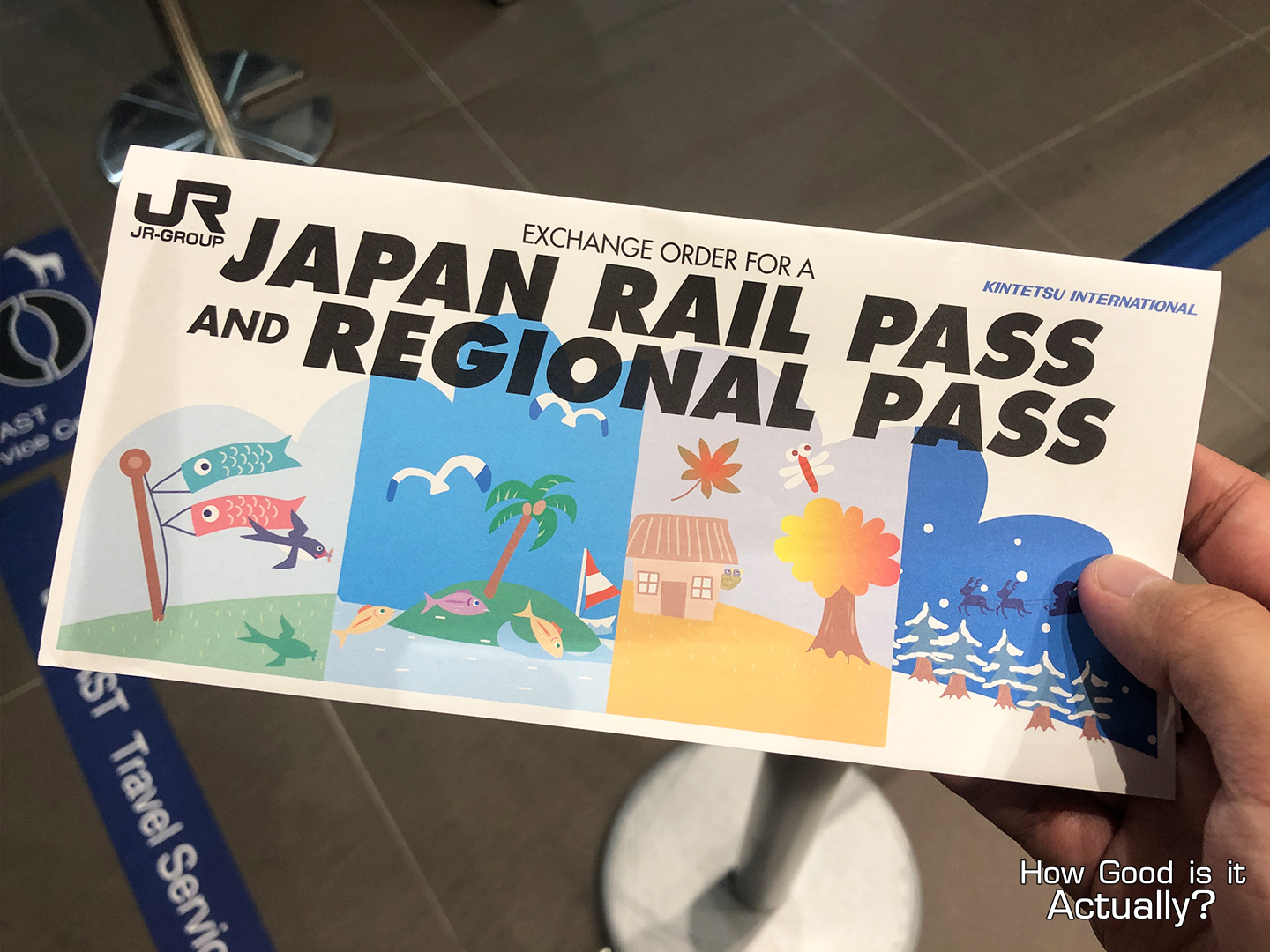
As a quick recap of last week’s review, if you ordered your JR Pass online or through an agent, you will have to exchange your voucher for the real pass once you arrive in Japan. Once you have your JR Pass, you can reserve your Shinkansen seats right away or at any time before your train ride.
You technically can ride the Shinkansen without a reservation, but you’ll have to board the non-reserved cars. Plus, if you want to have the best possible view of Mt. Fuji, the staff will book window seats for you when you reserve. (So yes, reserve a seat, even if it’s the morning before your trip)
Where to exchange your JR Pass: https://japanrailpass.net/en/exchange.html
Shinkansen Timetable: https://global.jr-central.co.jp/en/info/timetable/
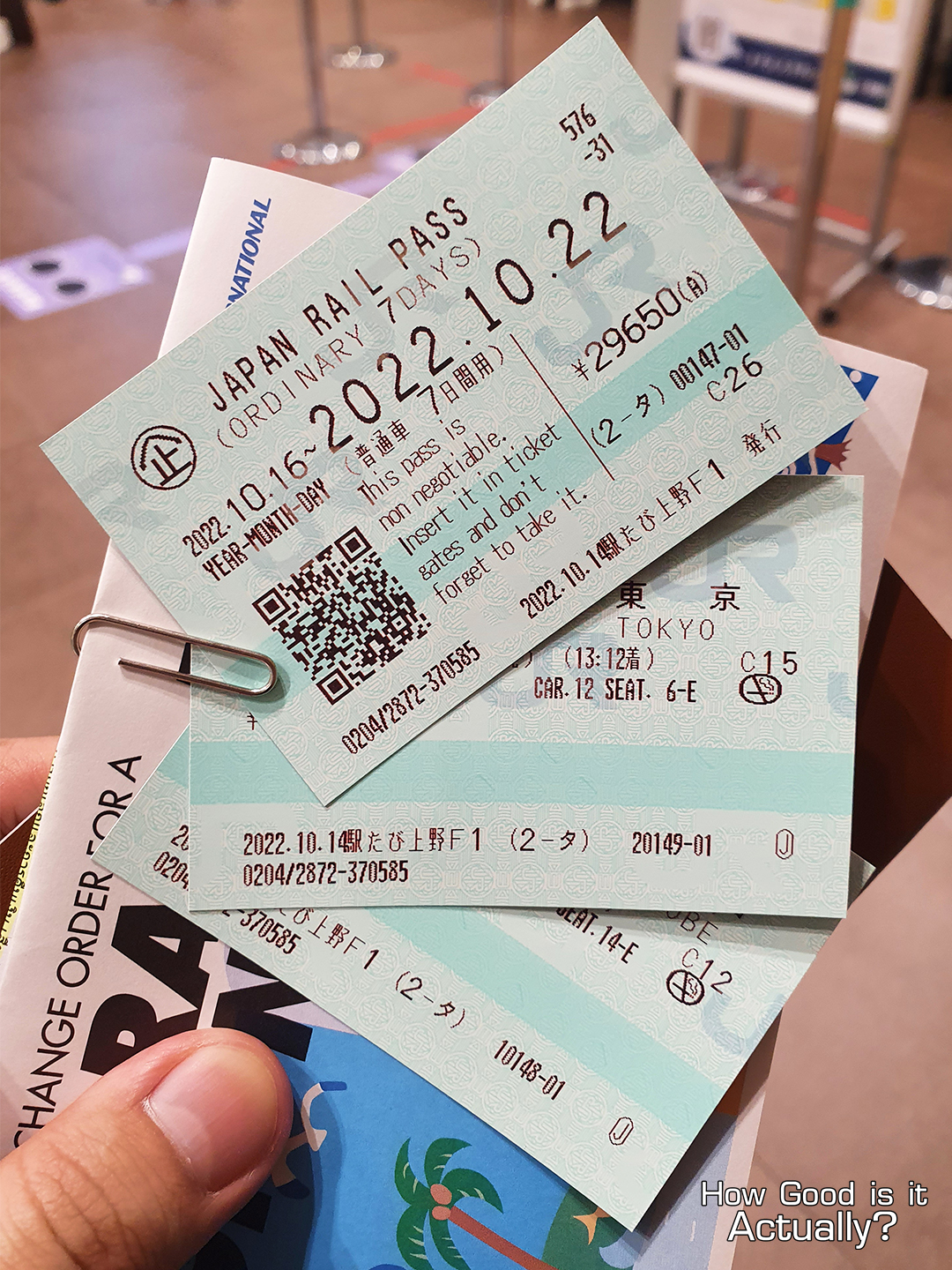
And for a quick guide, here how long the Shinkansen ride took for my trips (Using the Hikari Trains)
Tokyo → Shin-Osaka
2 Hours & 54 Minutes
vs 4 hours via plane and up to 9 hours by train or bus
Shin-Osaka → Kyoto
15 Minutes
vs 29 minutes via the Tokaido-Sanyo Line
Shin-Osaka → Kobe
12 Minutes
vs 30-40 minutes via the Hanshin Line
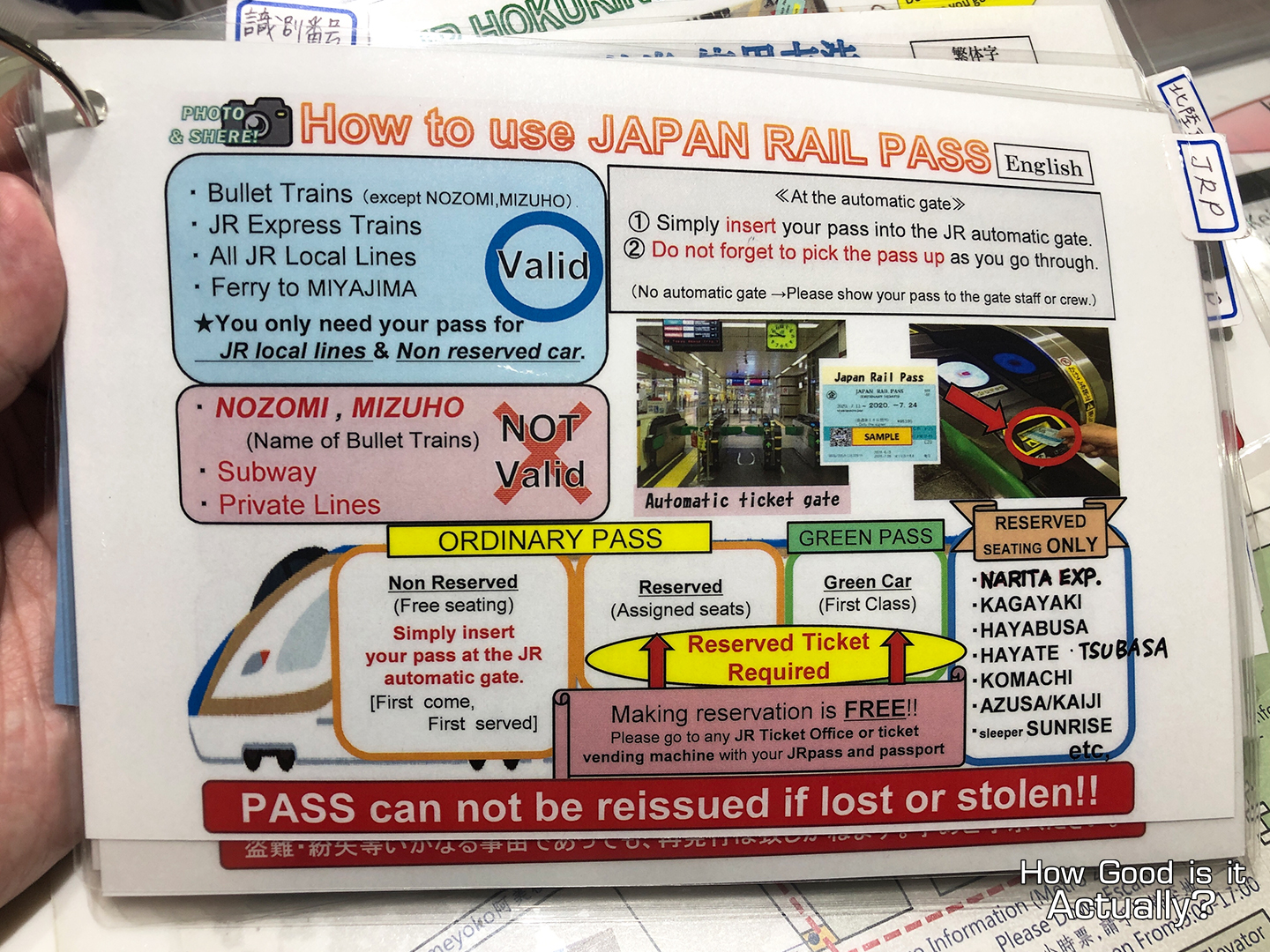
Here’s a quick overview of what the JR Pass can do.
– Unlimited Access to the Shinkansen (except for the Nozomi & Mizuho lines)
– Unlimited Access to JR’s local train lines
– Unlimited Access to the Narita Express (Reservation Required)
__________
 Departing Shin-Osaka Station (to Kyoto)
Departing Shin-Osaka Station (to Kyoto) 
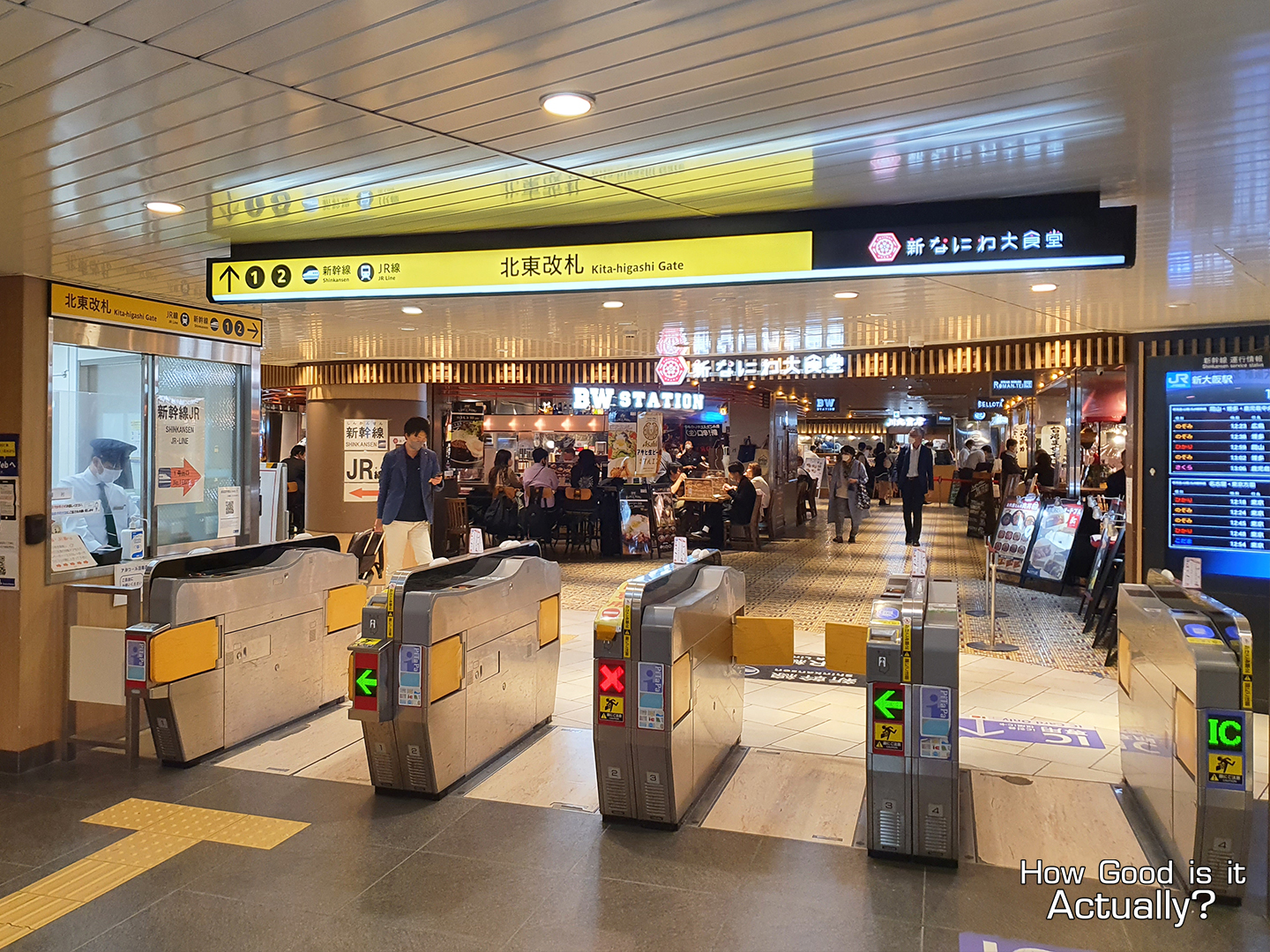
So to start off my Shinkansen experience from Osaka, I made my way towards Shin-Osaka Station. If you’re around the Dotonbori area, head over to Namba Station and take the Midosuji Line towards Shin Osaka (18 minutes.)
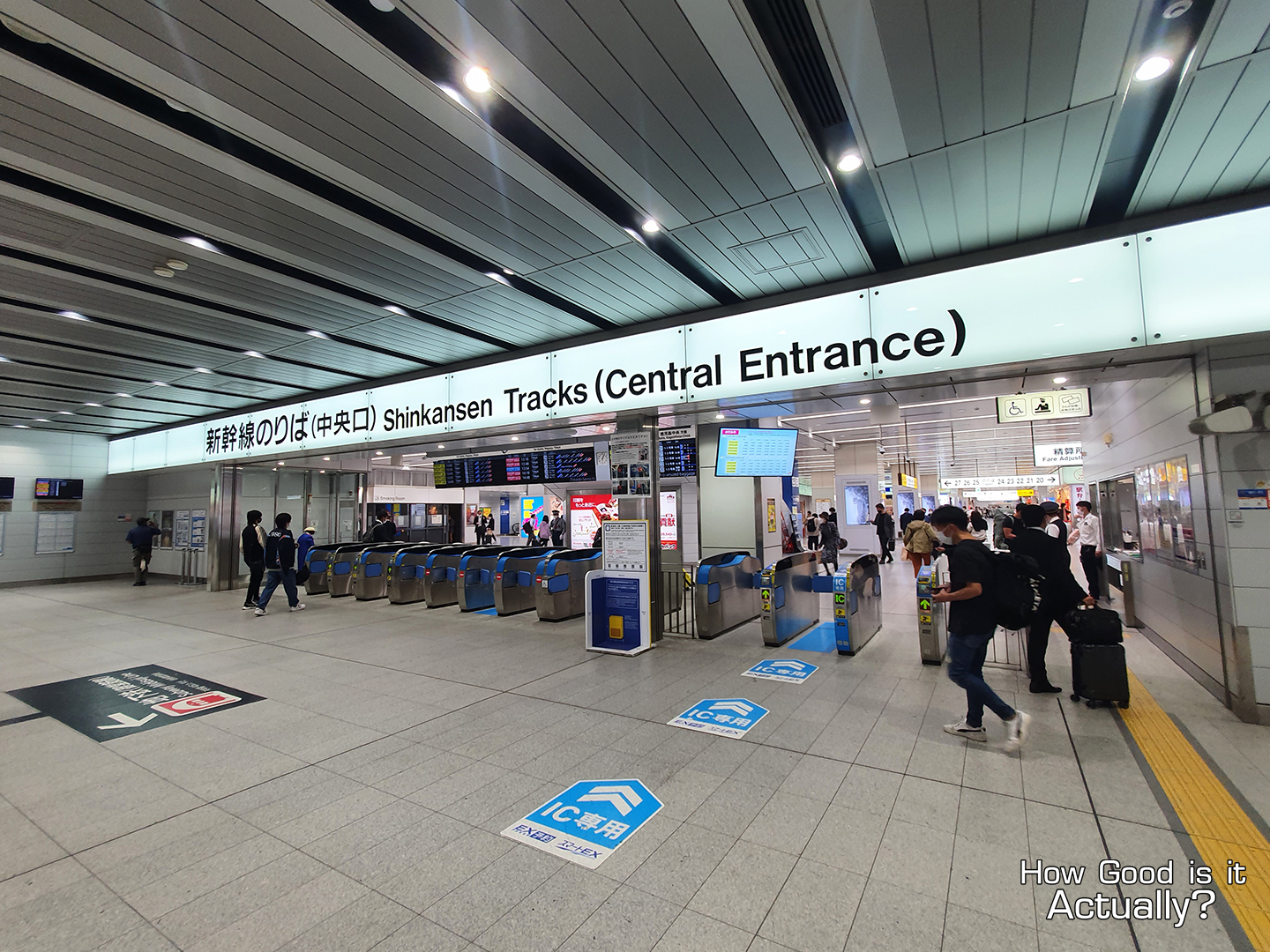
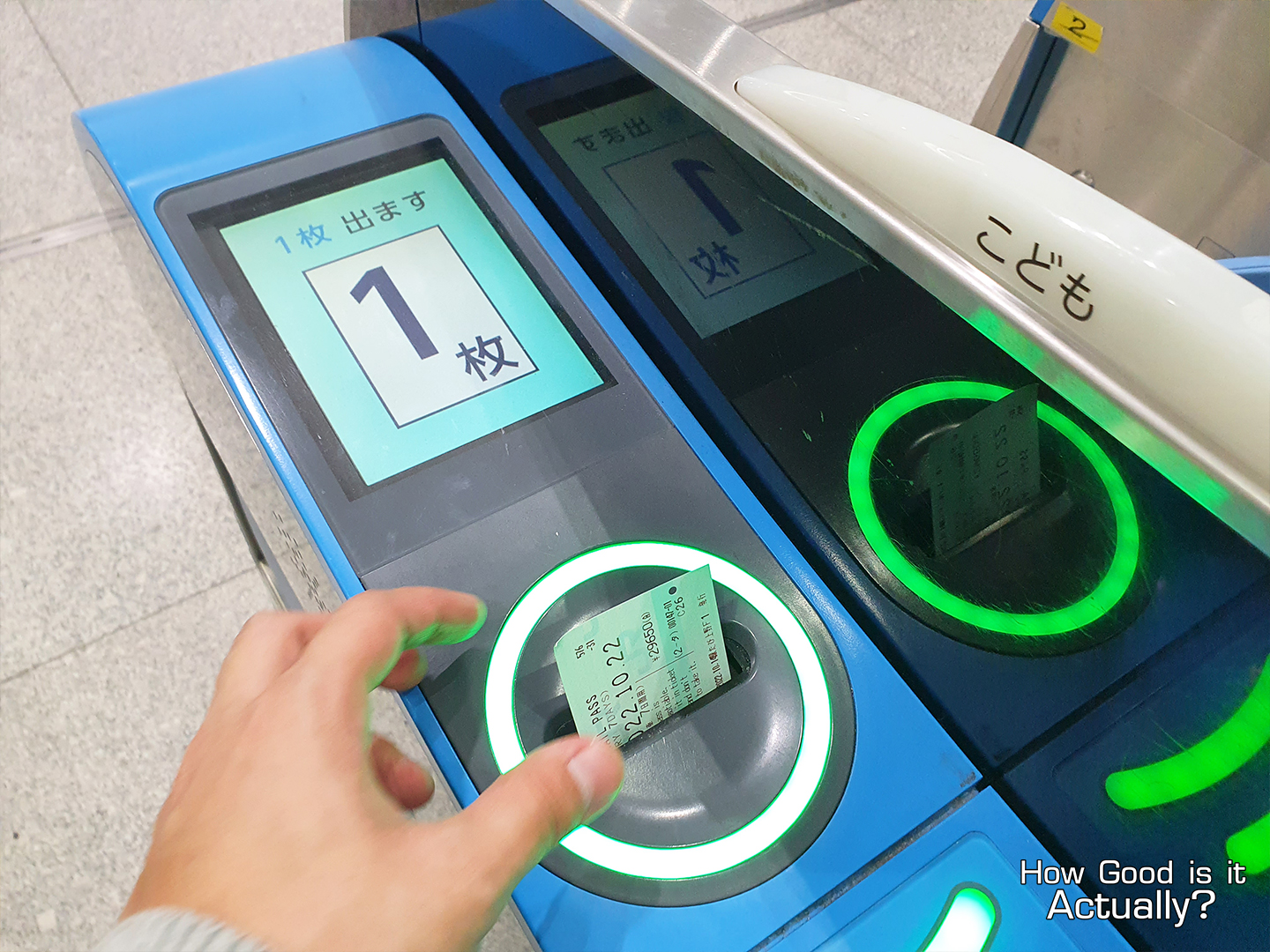
Once you arrive at the station, head towards the Central Shinkansen Gate and scan in using your JR Pass.
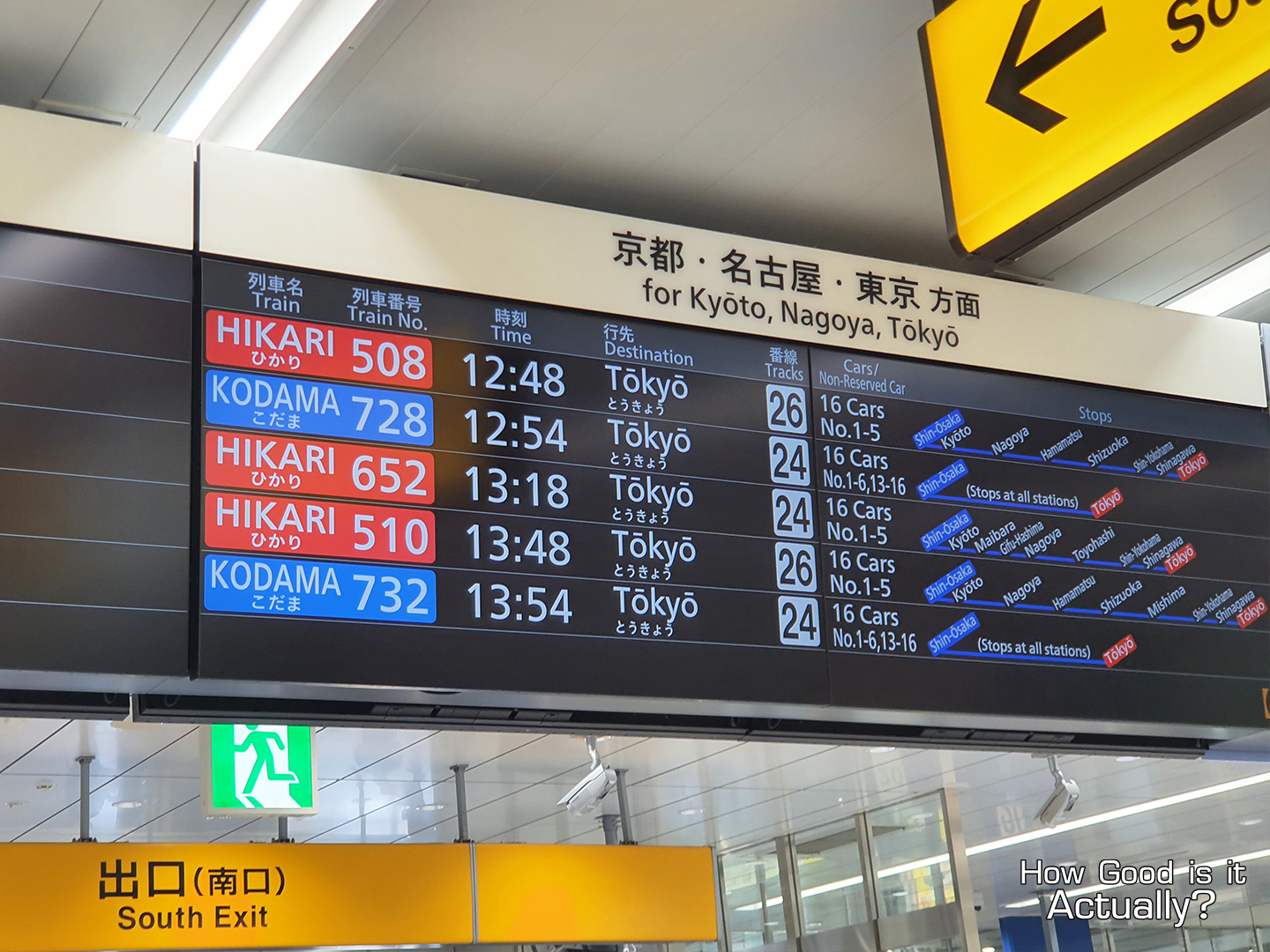
From there, locate the Shinkansen platform for your trip using the overhead display, and take the escalator towards the platform.
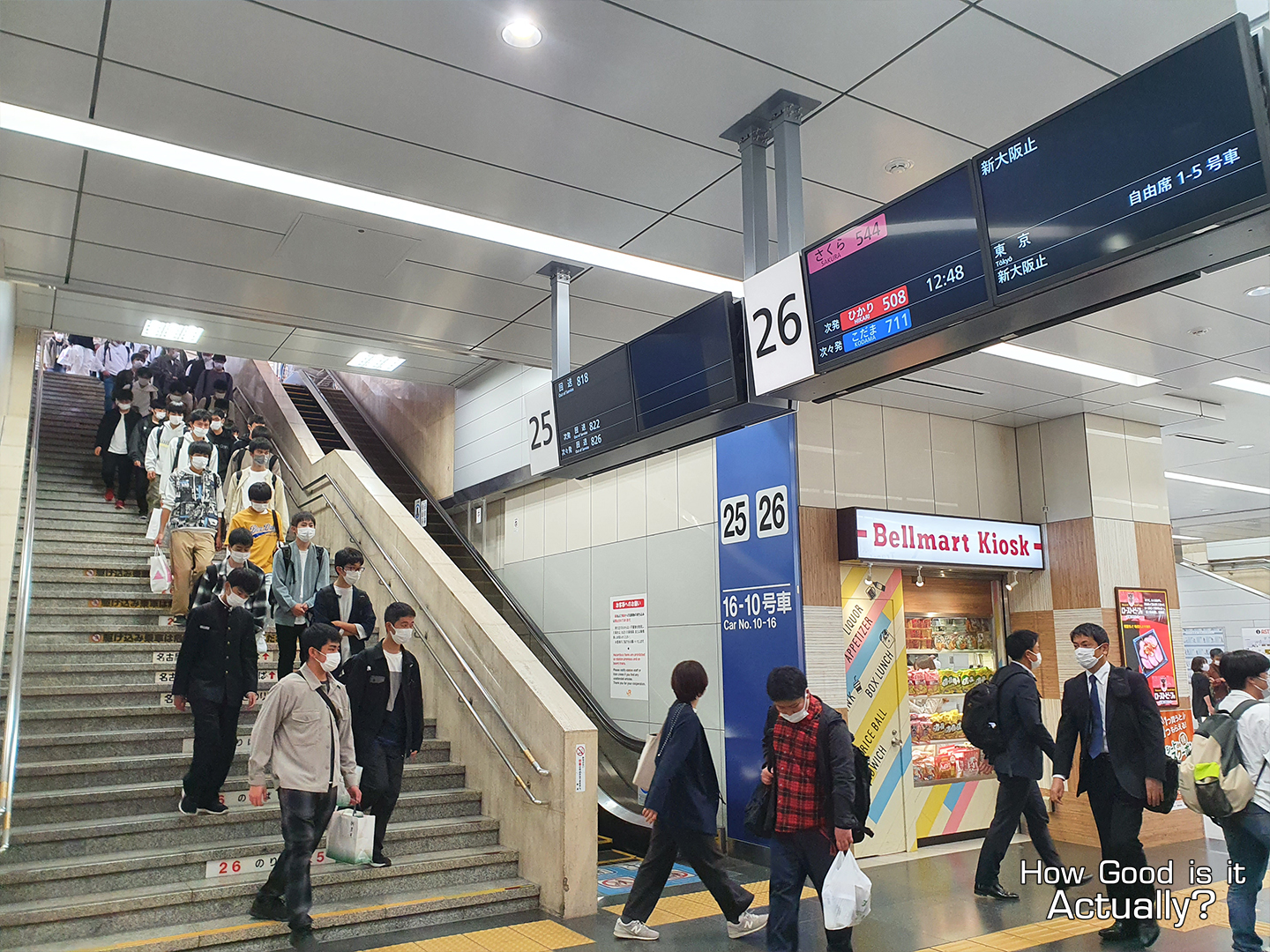
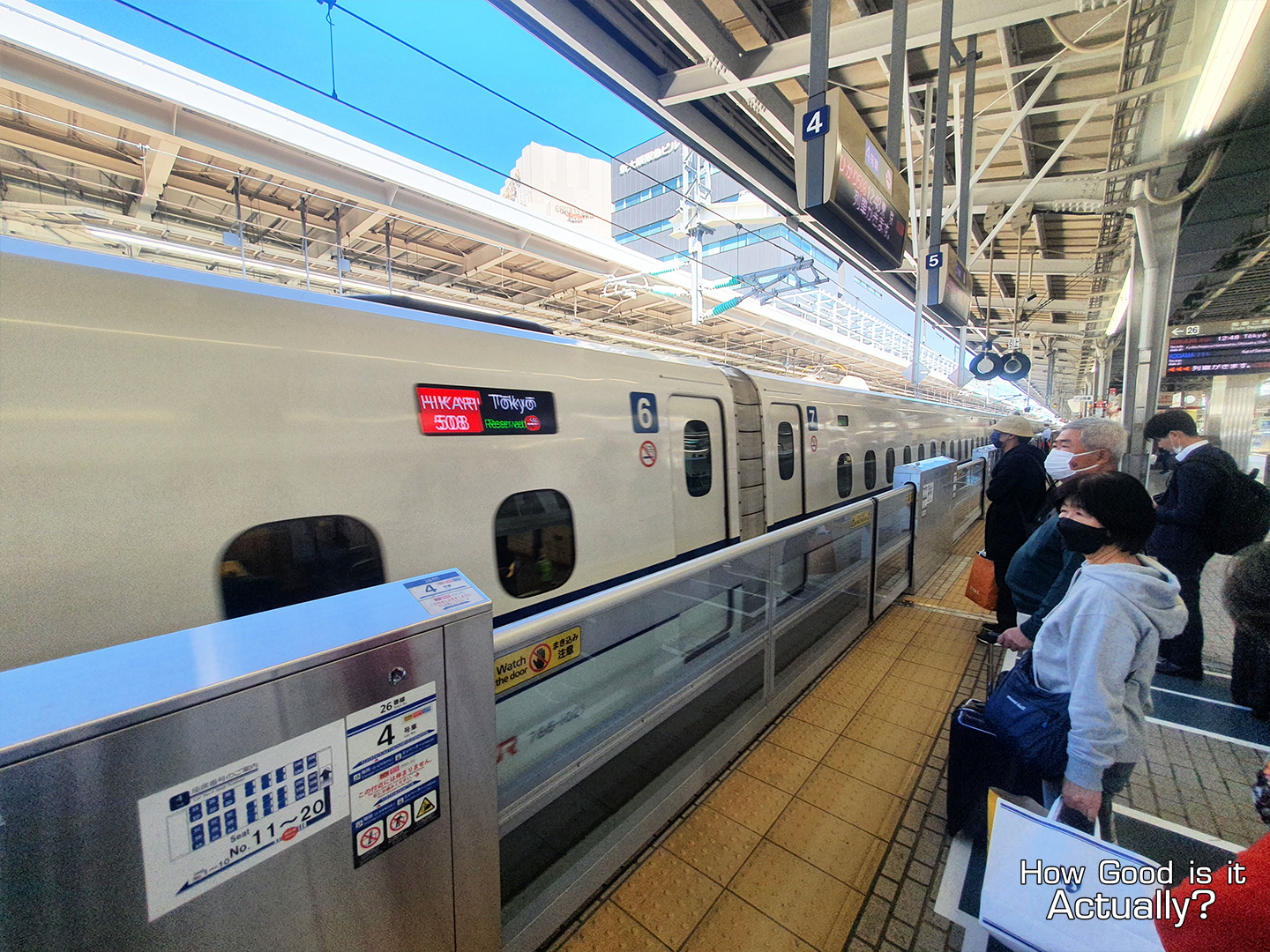
As a quick reminder, Japan’s train services arrive and depart at exactly the times listed on your ticket and the monitor, so don’t be late for your train! (Worst case is you have to rebook to the next train in 30 minutes. It’s free, but then you lose out on 30 minutes of your day.)
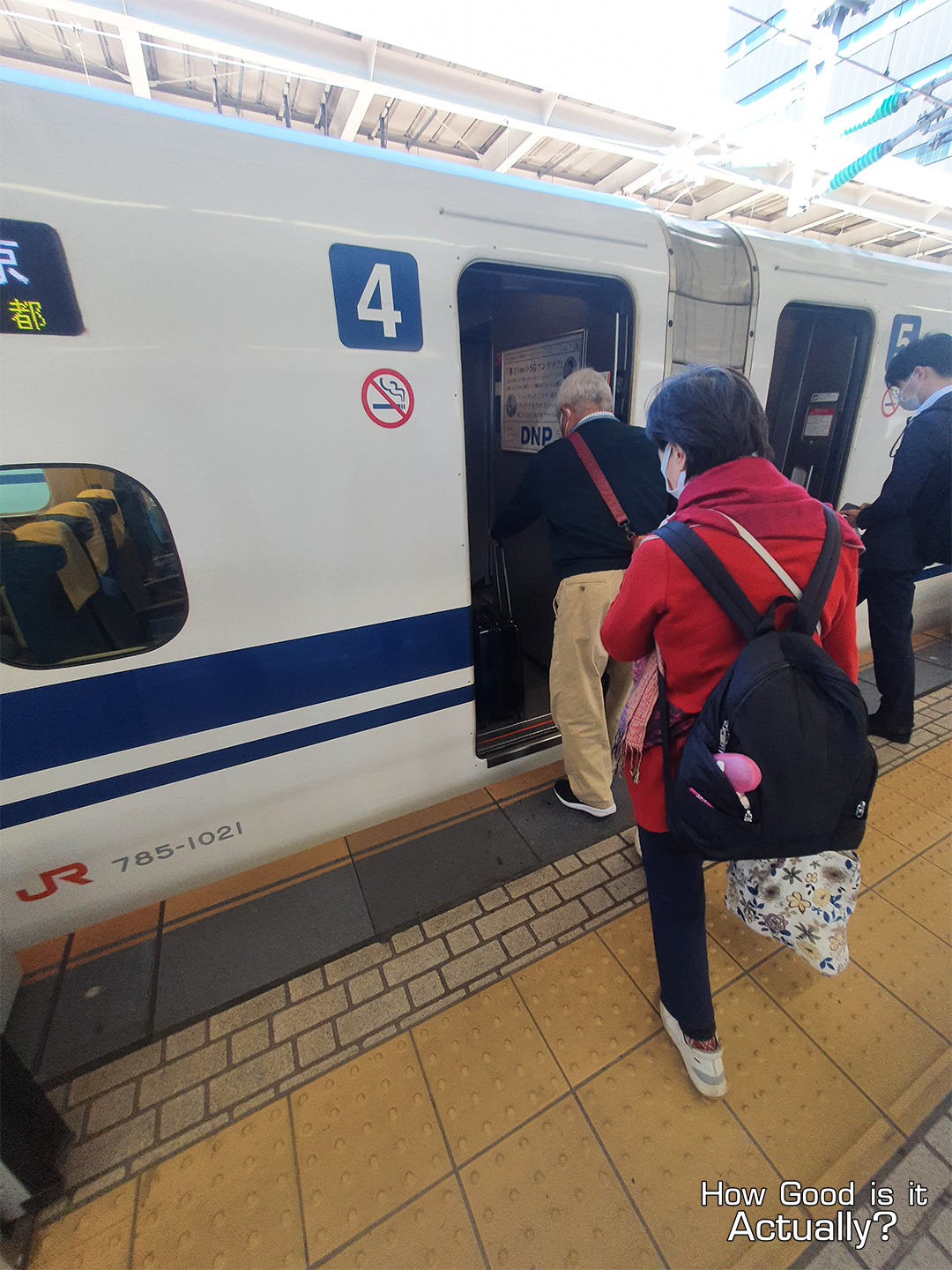
__________
 Arrival at Kyoto Station
Arrival at Kyoto Station
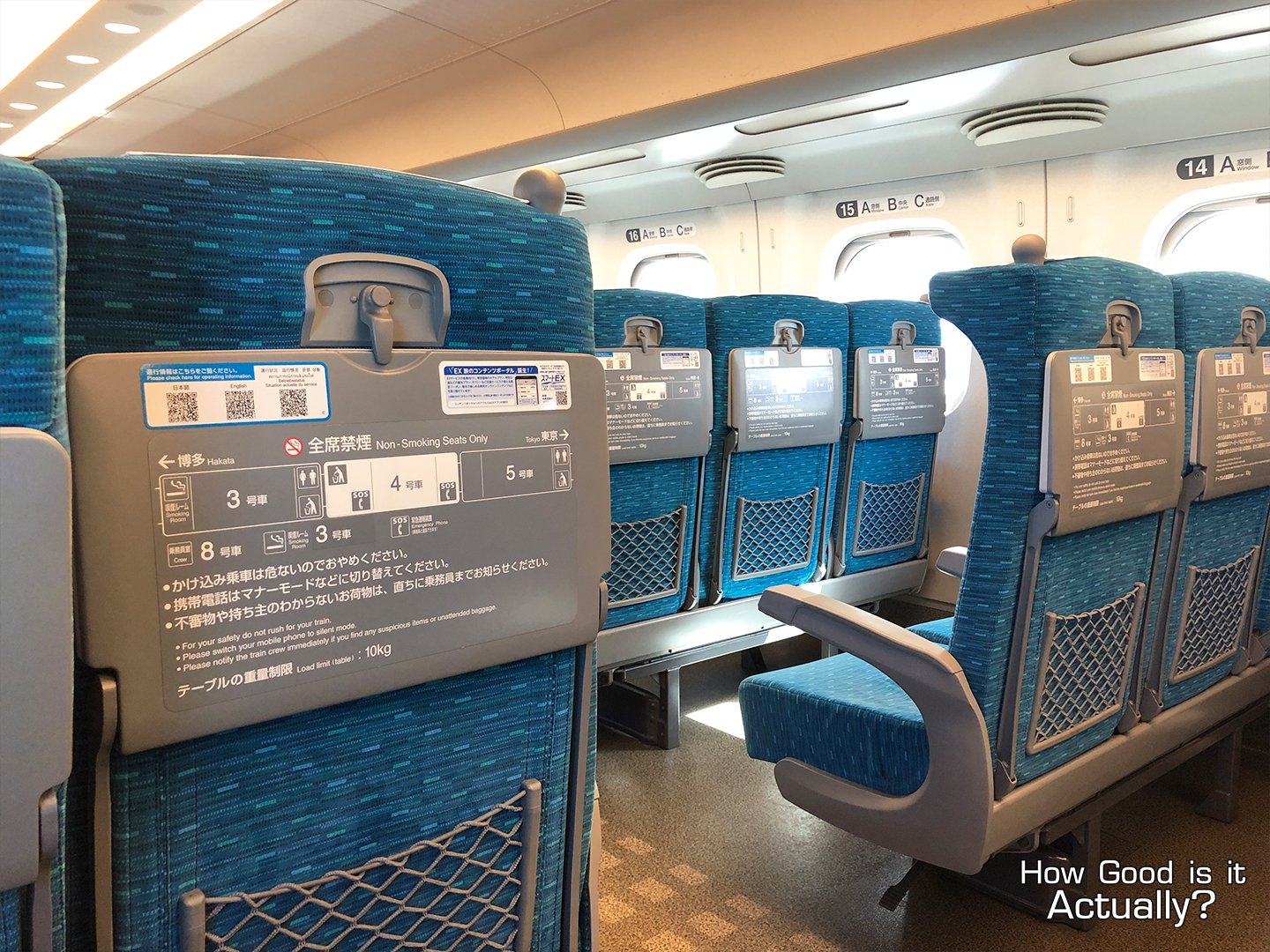
Once you’re inside the train, head over to your seat and enjoy the ride (and take some pictures, while you’re at it.)
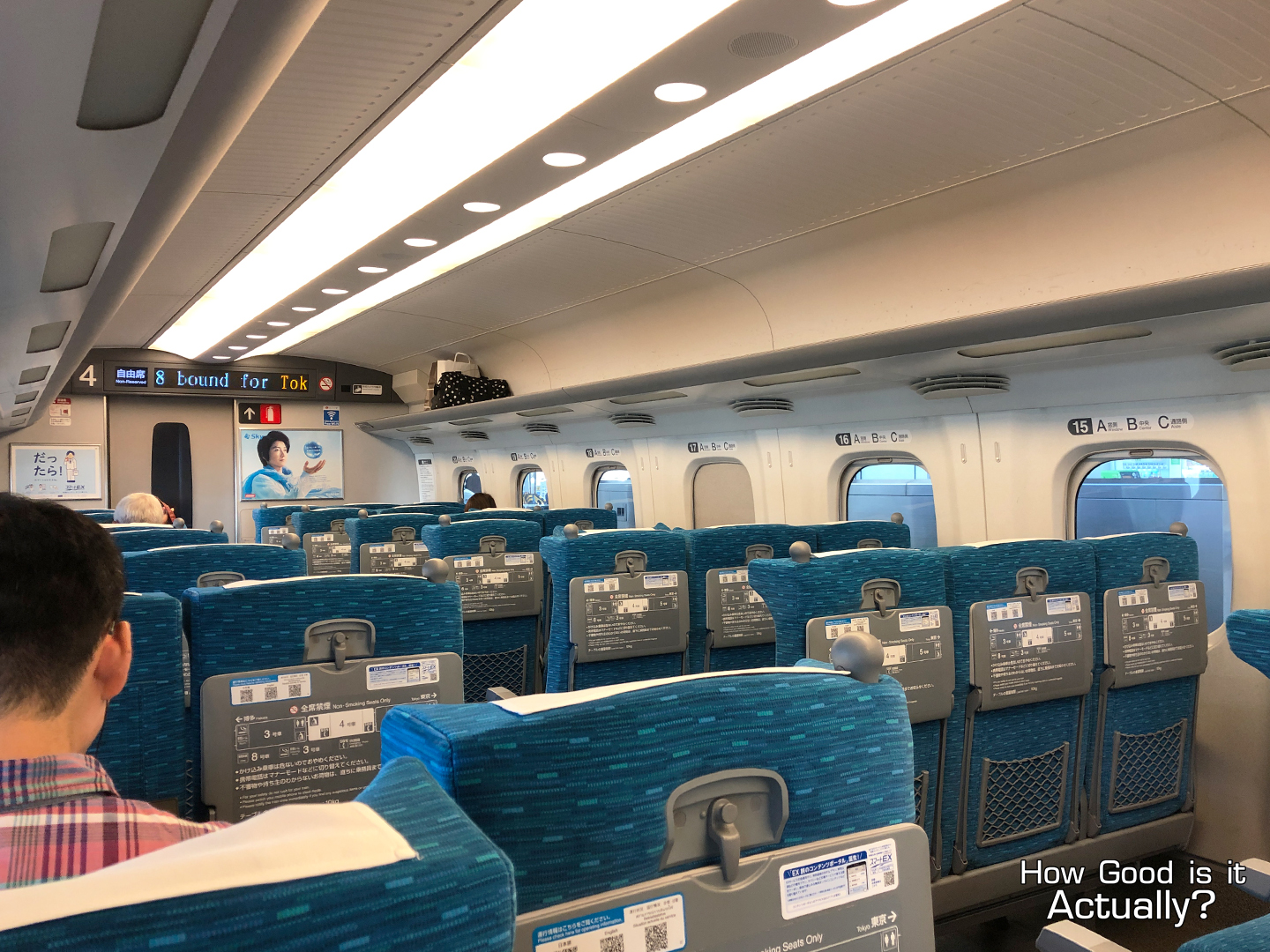
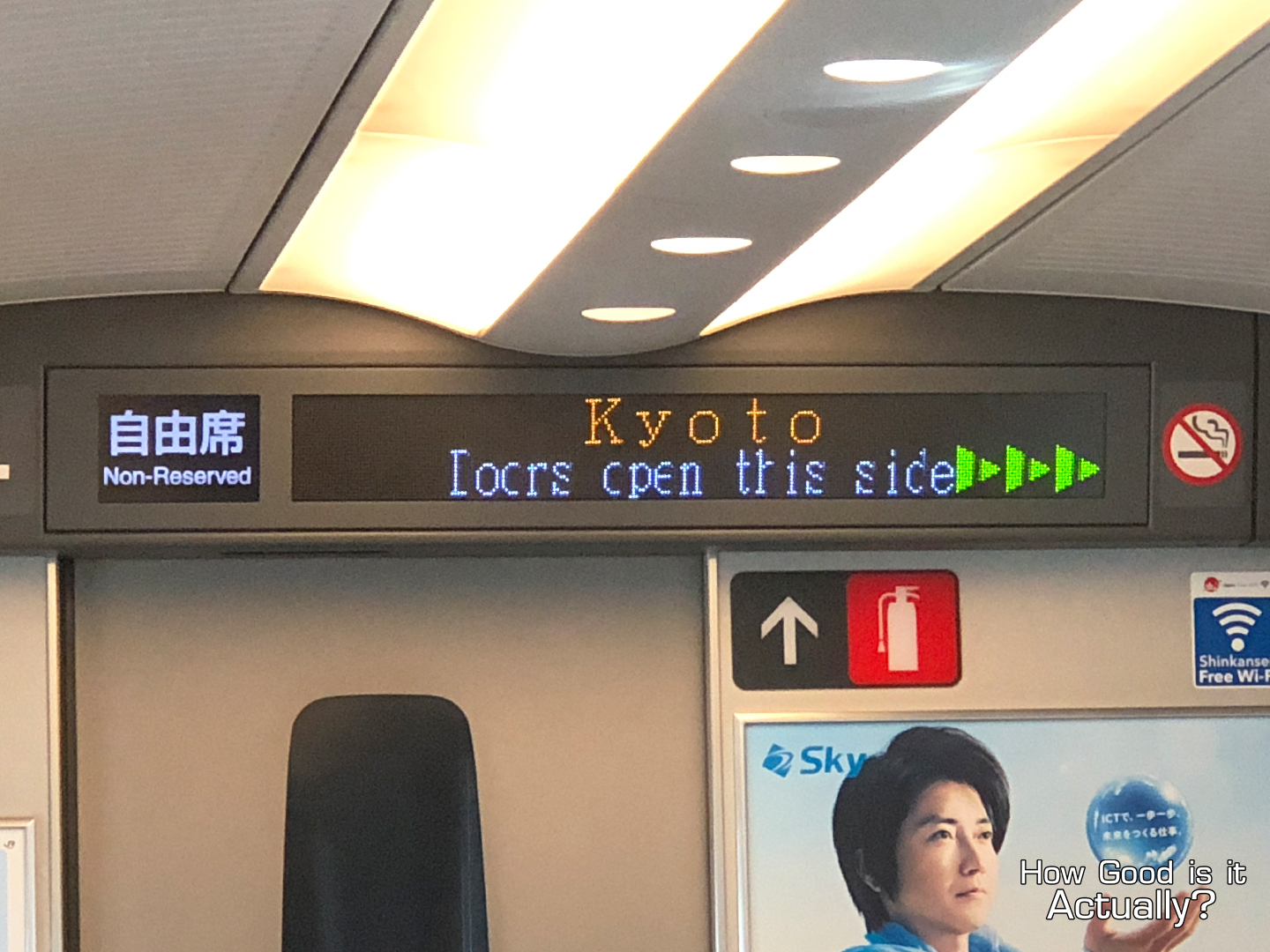
The Shinkansen ride to Kyoto takes around 15 minutes (vs 29 minutes if you’re taking the Tokaido-Sanyo Line from Shin Osaka.) Including the train ride from Namba Station, a trip to Kyoto will take around 45 minutes.
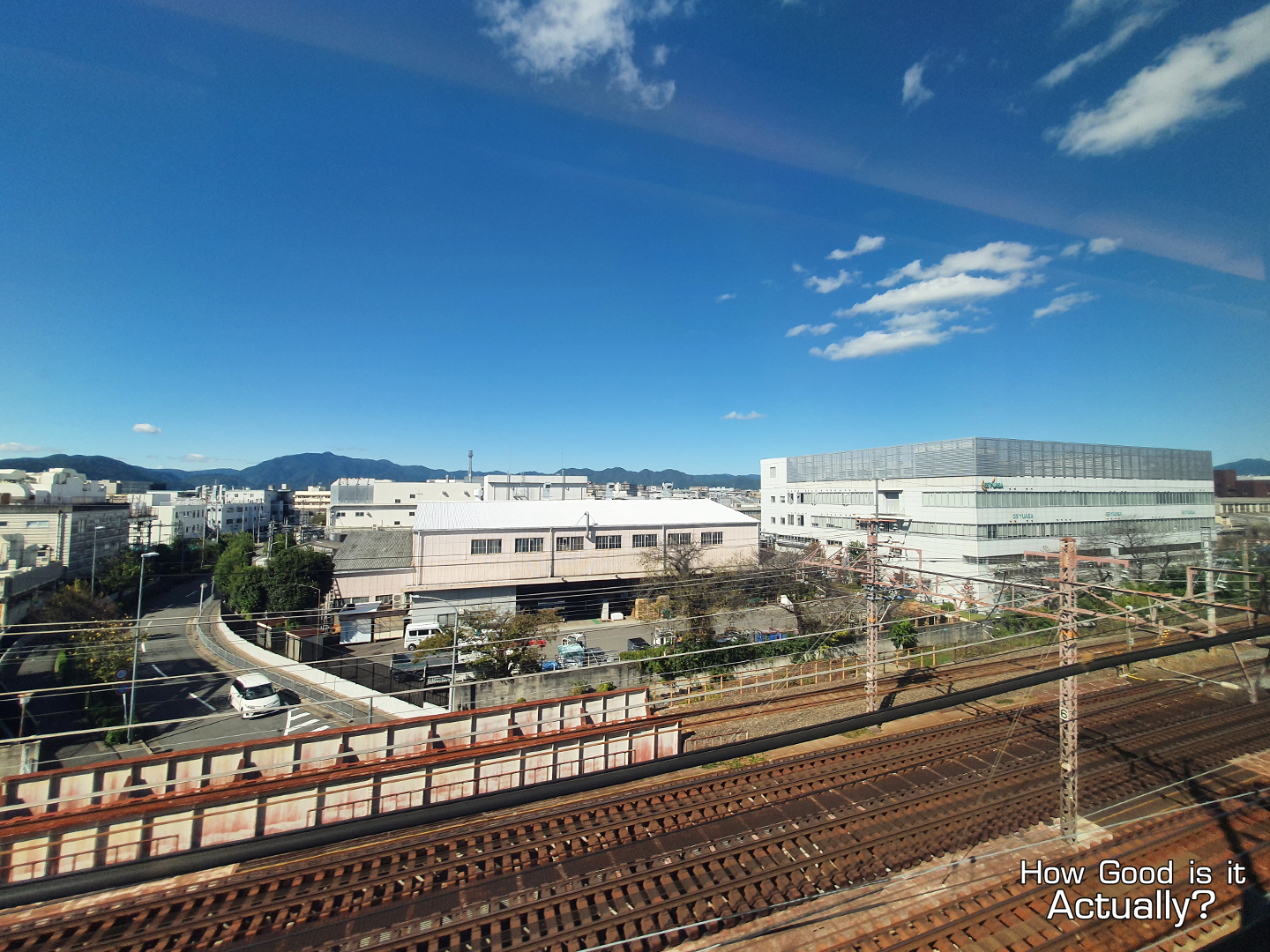
__________
 Shinkansen Overview
Shinkansen Overview 
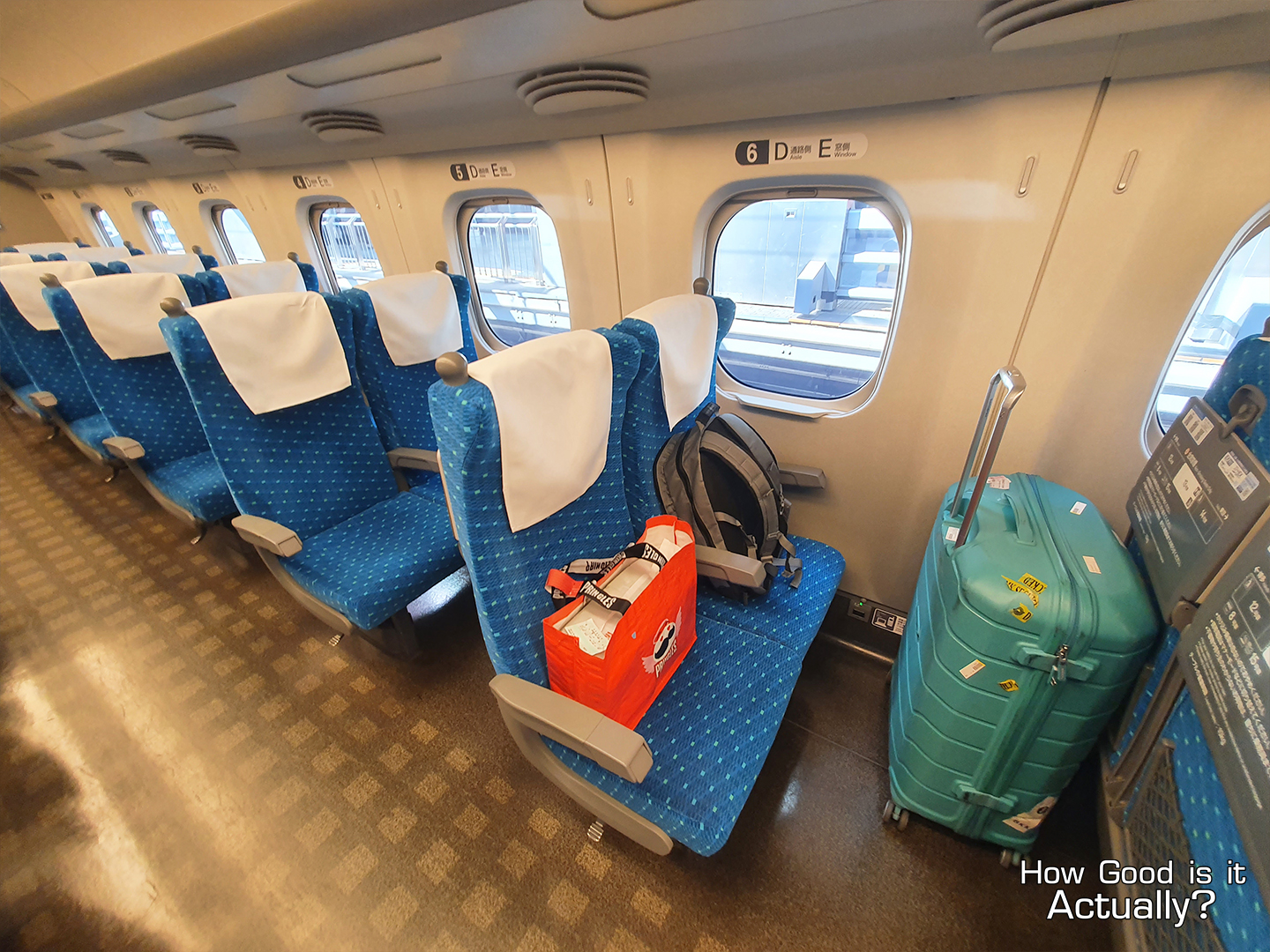
If you’re travelling with some luggage, you have a few ways to store ‘em during the journey. Depending on the size, you can either store it above in the overhead shelf, or for slightly larger luggage – right in front of your seat. The seats are quite spacious, so even with quite the large luggage, you should have more than enough room for a comfortable ride.
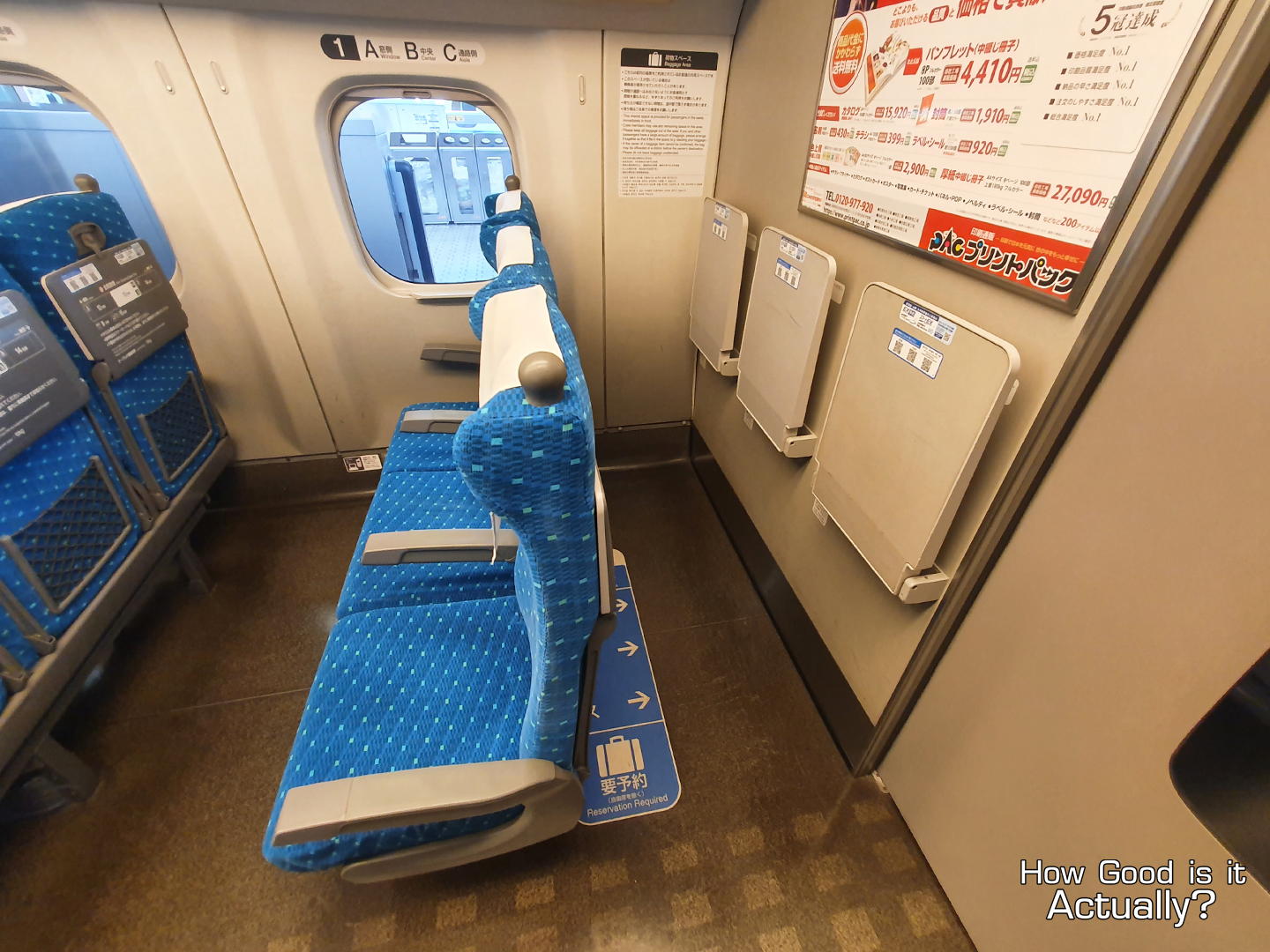
But if you want the maximum leg room possible, consider requesting Oversized Baggage seats at the back of each car (if your luggage dimensions go over 160 cm, booking these seats is required). It does come with the cost of not being able to fully recline your seat, so definitely consider that before you bring over your luggage.
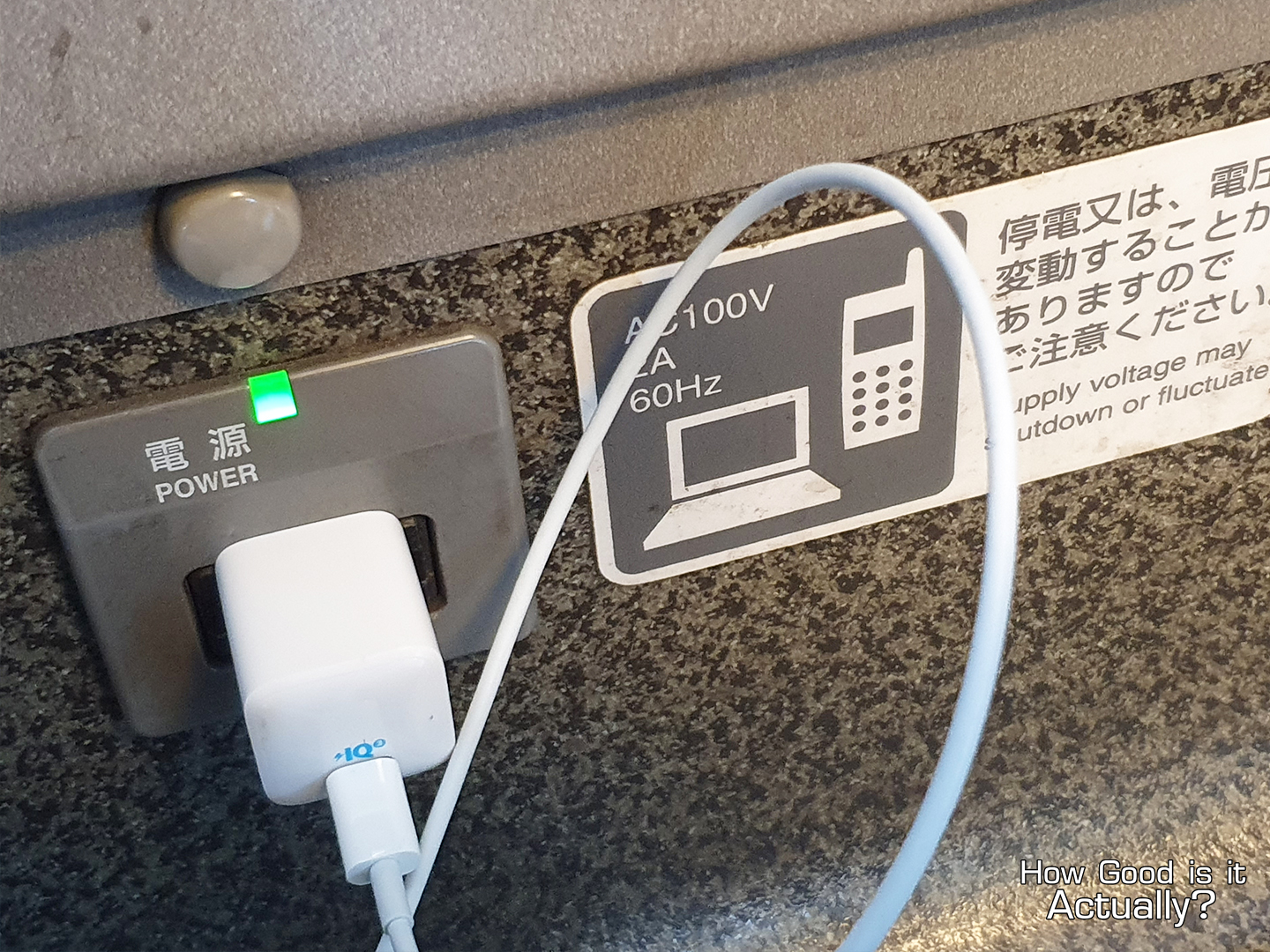
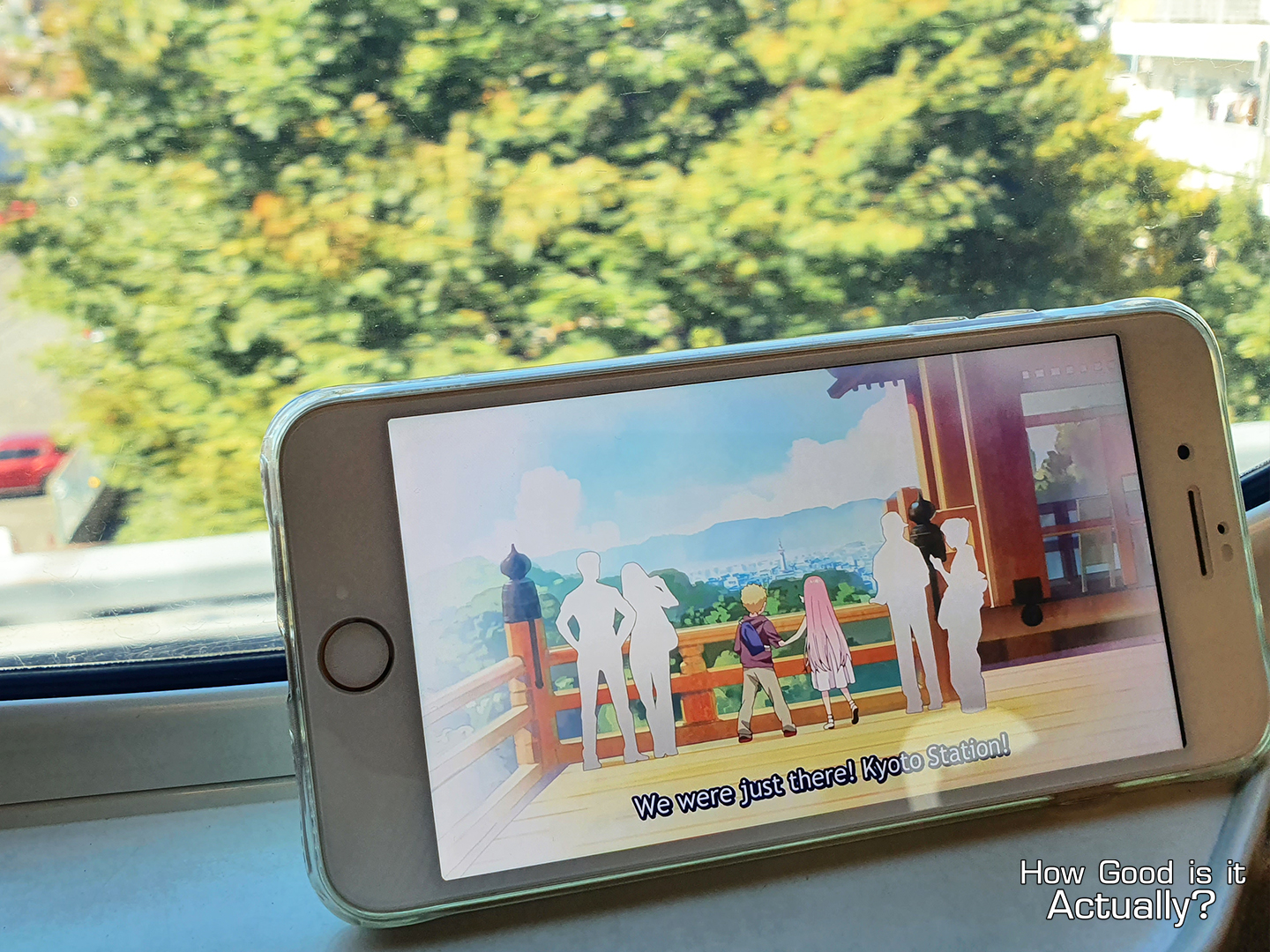
As for the free wifi inside the Shinkansen, it’s quite nice overall, with some slight dead zones around rural and mountainous areas. Bonus points if you can identify the anime I was watching on the way to Kyoto.
__________
 At Kyoto Station
At Kyoto Station 
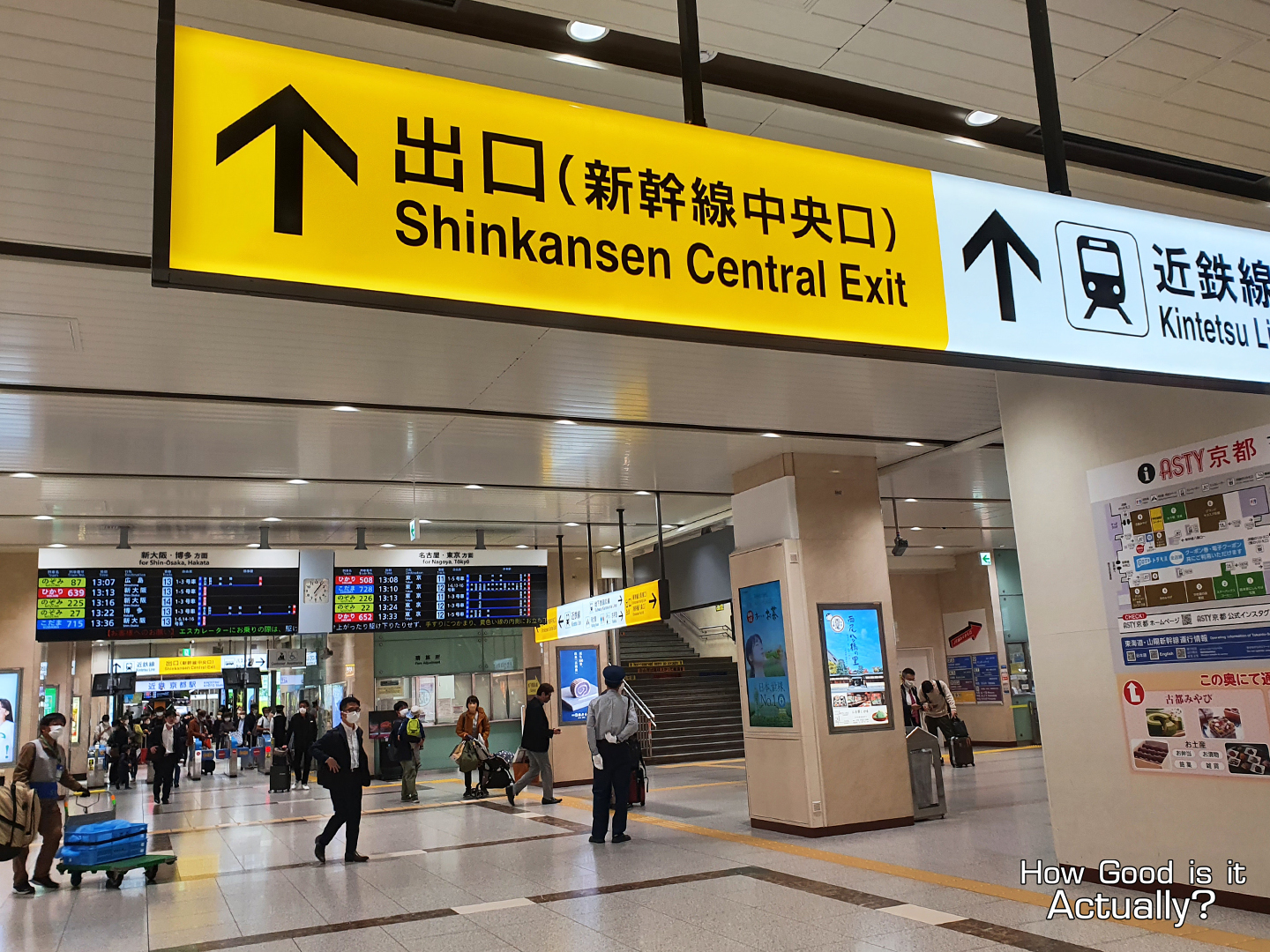
Once you arrive at Kyoto Station, head towards the exit gate and scan your JR Pass.
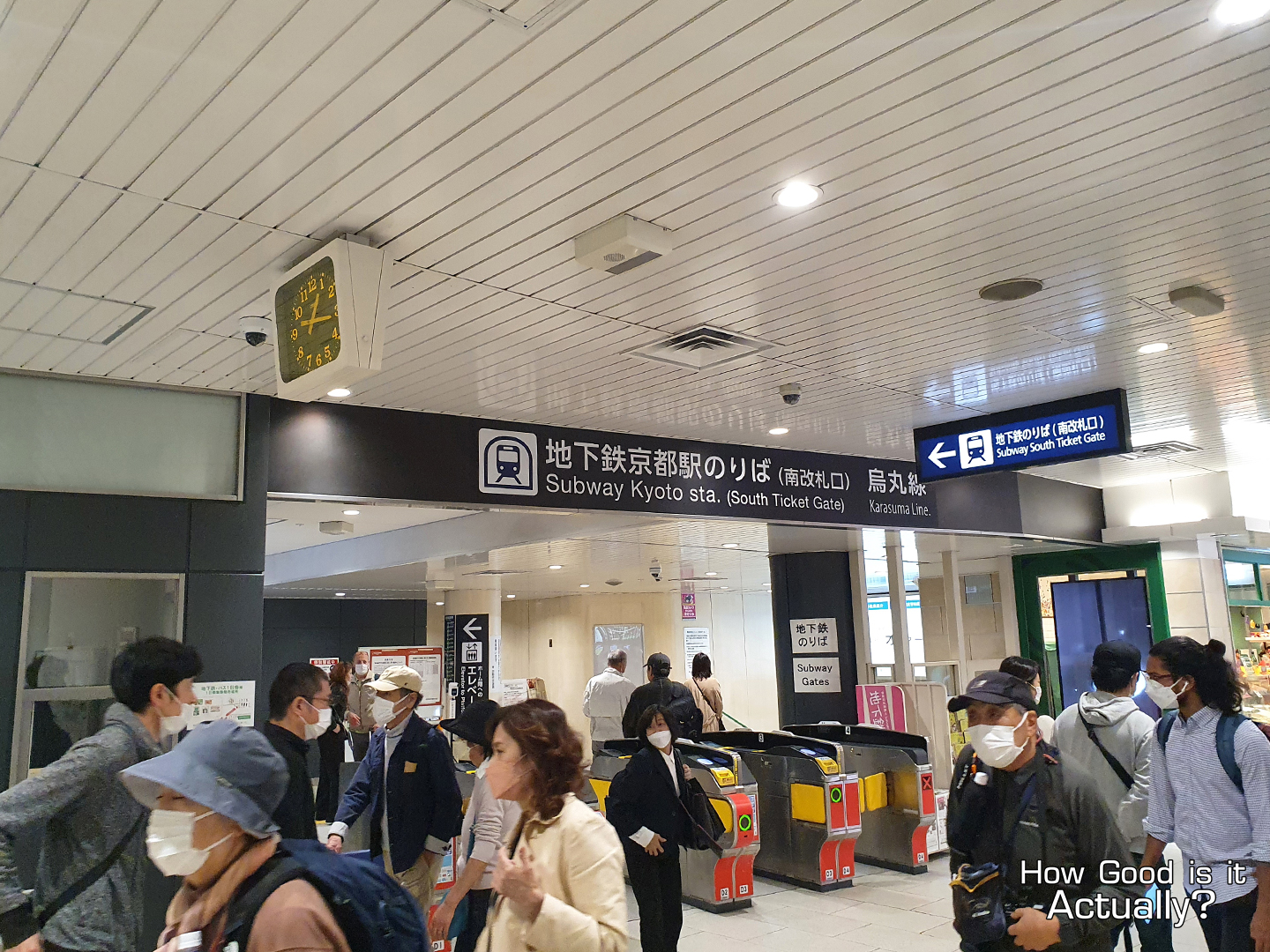
If you’re headed towards the city center, exit the Shinkansen portion of the building and take the escalator towards the Karasuma line. Or if you’re travelling to the other areas around Kyoto, the station is also a connection towards a few other cities.
__________
 Things to do at Kyoto
Things to do at Kyoto 
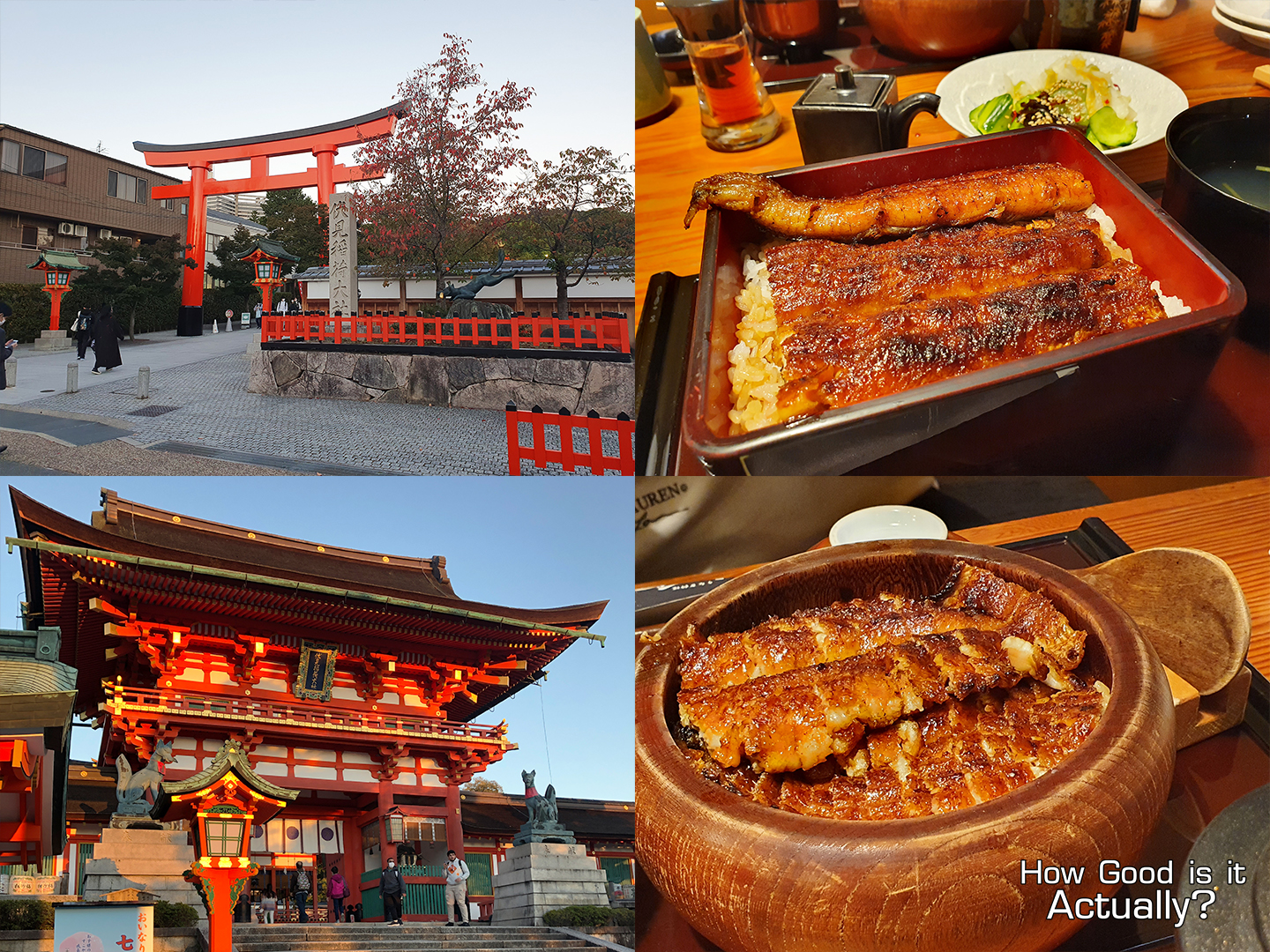
Here’s a good use for the JR Pass. I wasn’t planning on coming to Kyoto this trip, but since my friend is travelling there for a few nights, I thought “why not just use my JR Pass and accompany him to Kyoto for the afternoon.” So here I am – an afternoon in Kyoto – with just enough time for a meal and a travel destination.
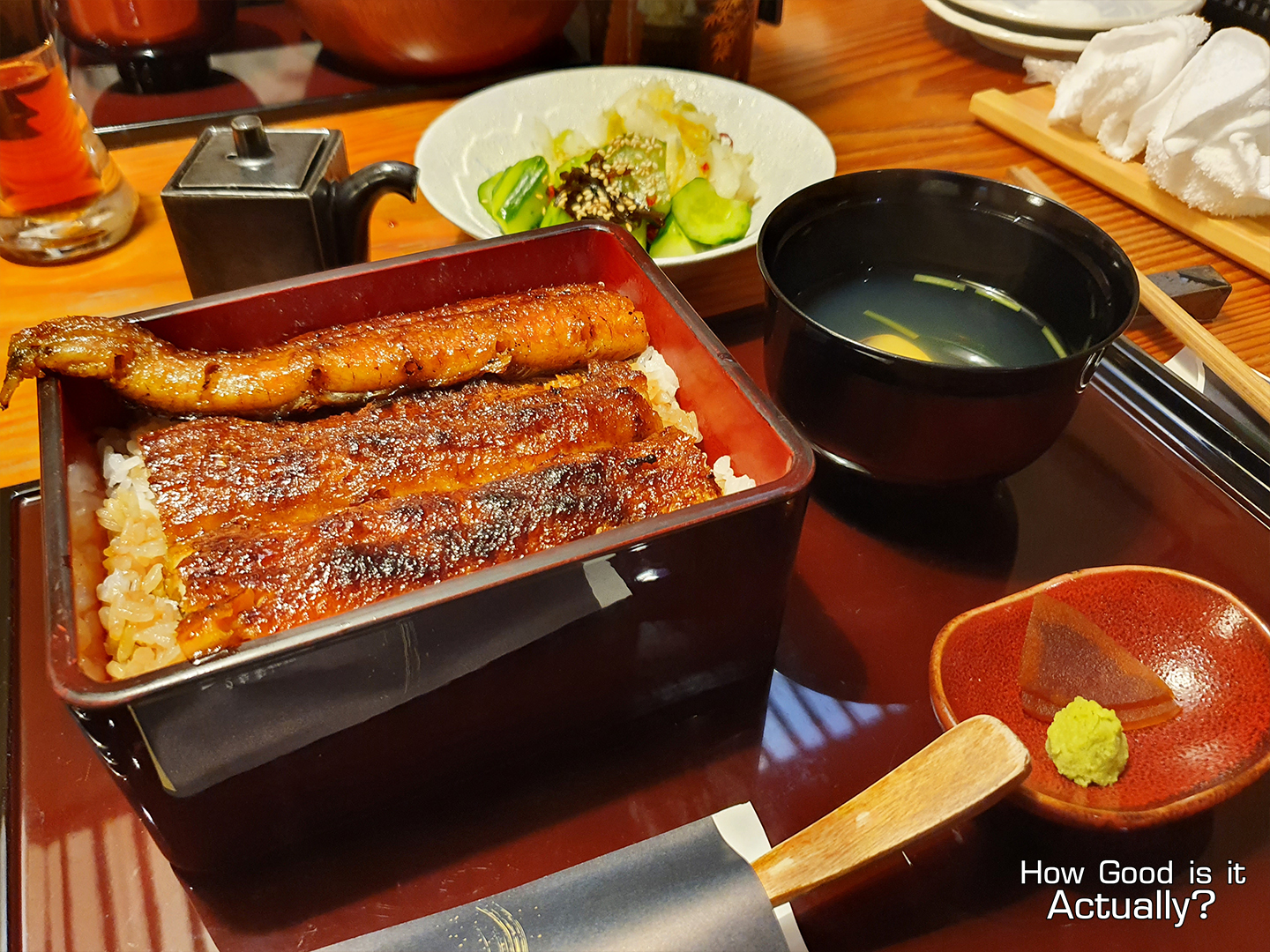
Full Review: Kyo Unawa
For lunch, we decided to go for some Unagi at Kyo Unawa as our final meal together. Full details in the link above, but to sum it up, I was blown away by how amazing and fresh the Unagi was here. It’s right next to Kyoto’s Nishiki Market as well, so if you’re around, definitely stop by Kyo Unawa for some great Unagi.
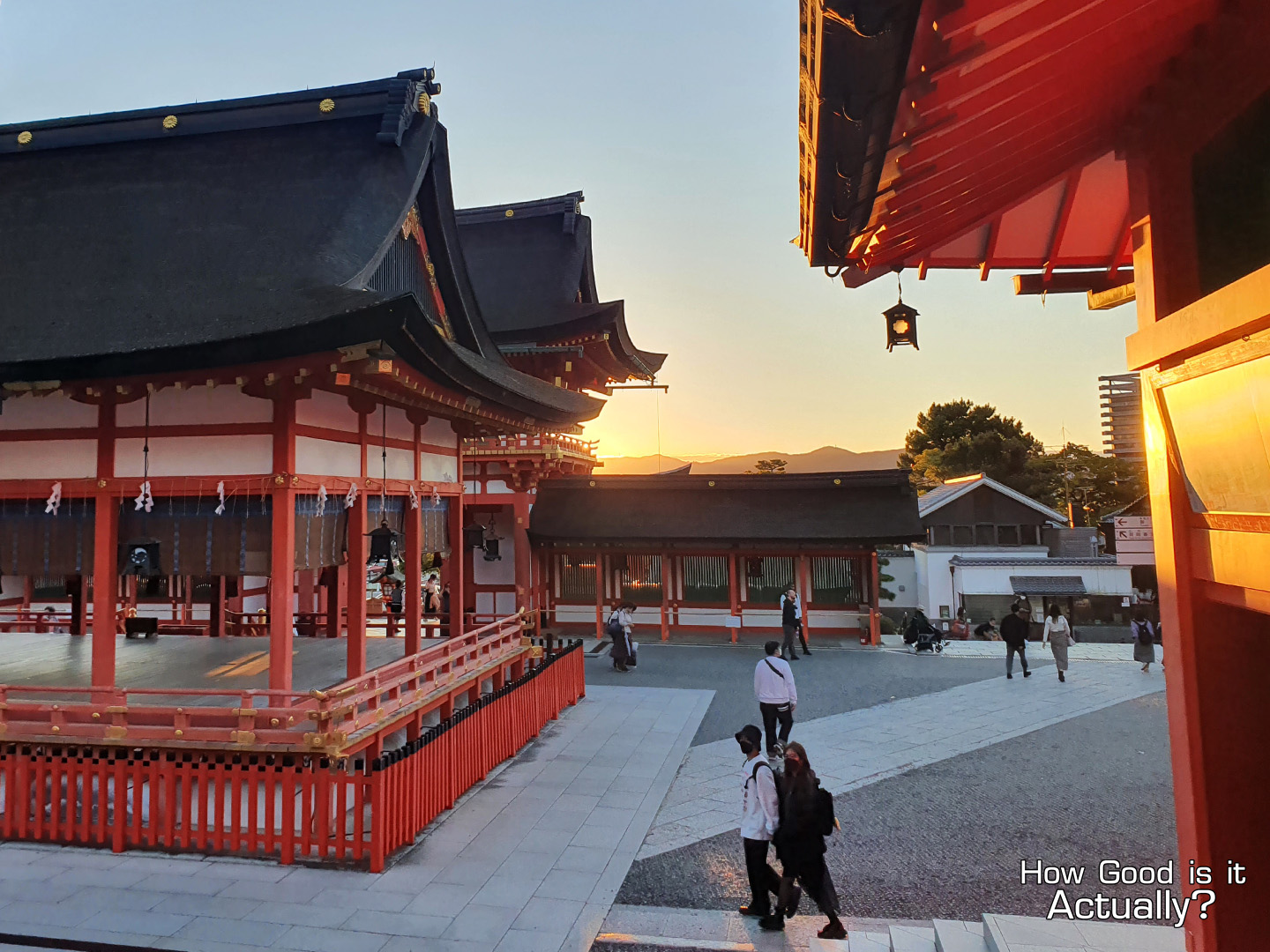
And for a travel destination, of course I had to visit the Fushimi Inari Taisha. I wasn’t able to make the journey to the shrine’s summit, since I only had 45 minutes here before heading back to Osaka, but just from the entrance and the first few Torii gates, it’s no doubt one of the most breathtaking places I visited during the entire trip.
Goes without saying, but if you ever come to Kyoto, the Inari shrine is something you simply cannot miss out on.
To get to Fushimi Inari Taisha, take the Nara JR Line from Kyoto Station to Inari Station (2 stations, ~5 minutes) Do note that the JR Rapid trains to Nara don’t stop over at Inari Station, so make sure to take the Local JR Line for this one. (Trust me… I speak from experience.)
__________
 Departing from Kyoto Station
Departing from Kyoto Station
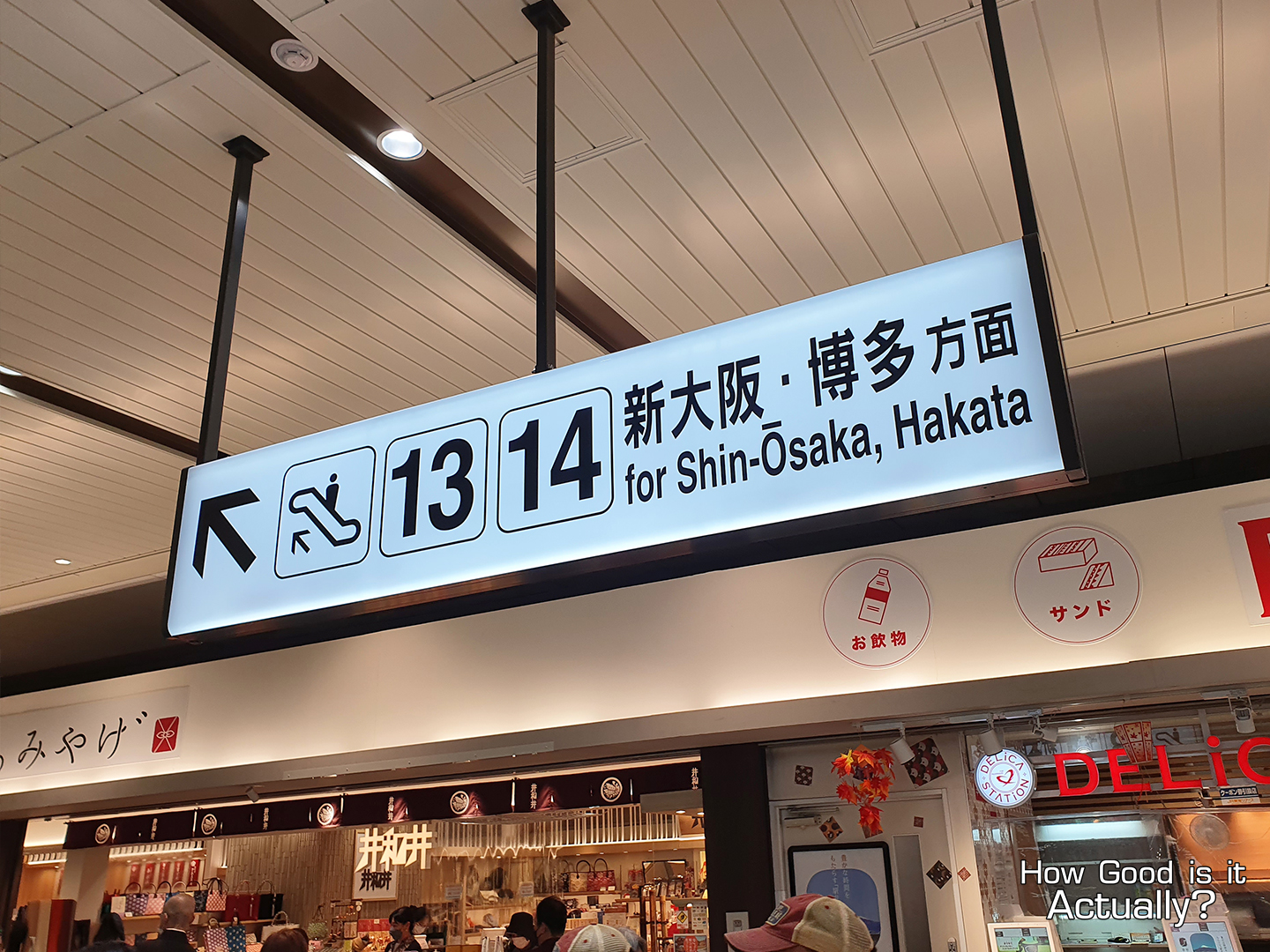
Once you arrive back at Kyoto Station, scan your ticket into the Shinkansen area and take the escalator to platform 13 or 14 for your train to Osaka.
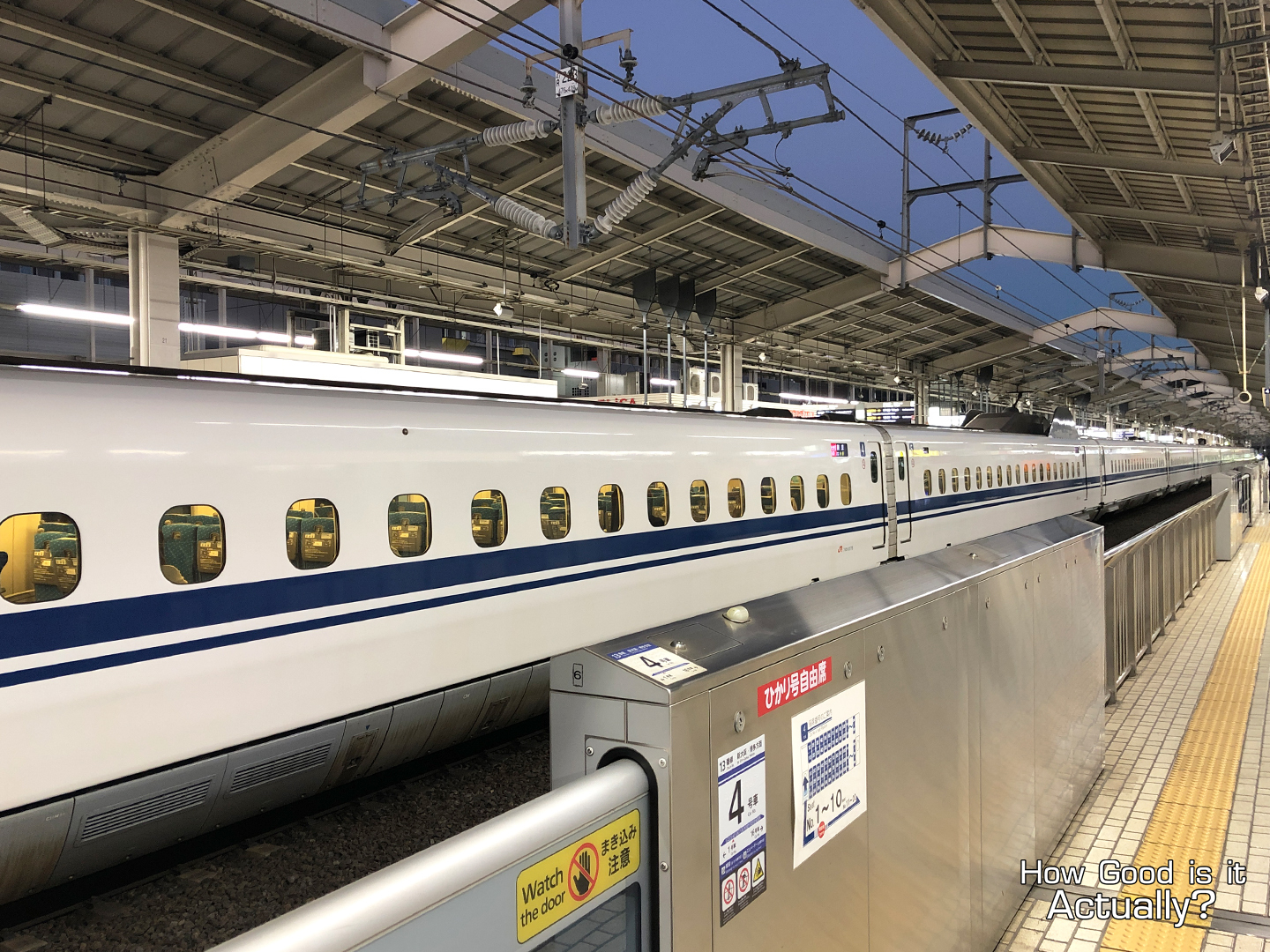
As with the ride here, this trip will take around 15 minutes. (vs 29 minutes via the Tokaido-Sanyo Line)
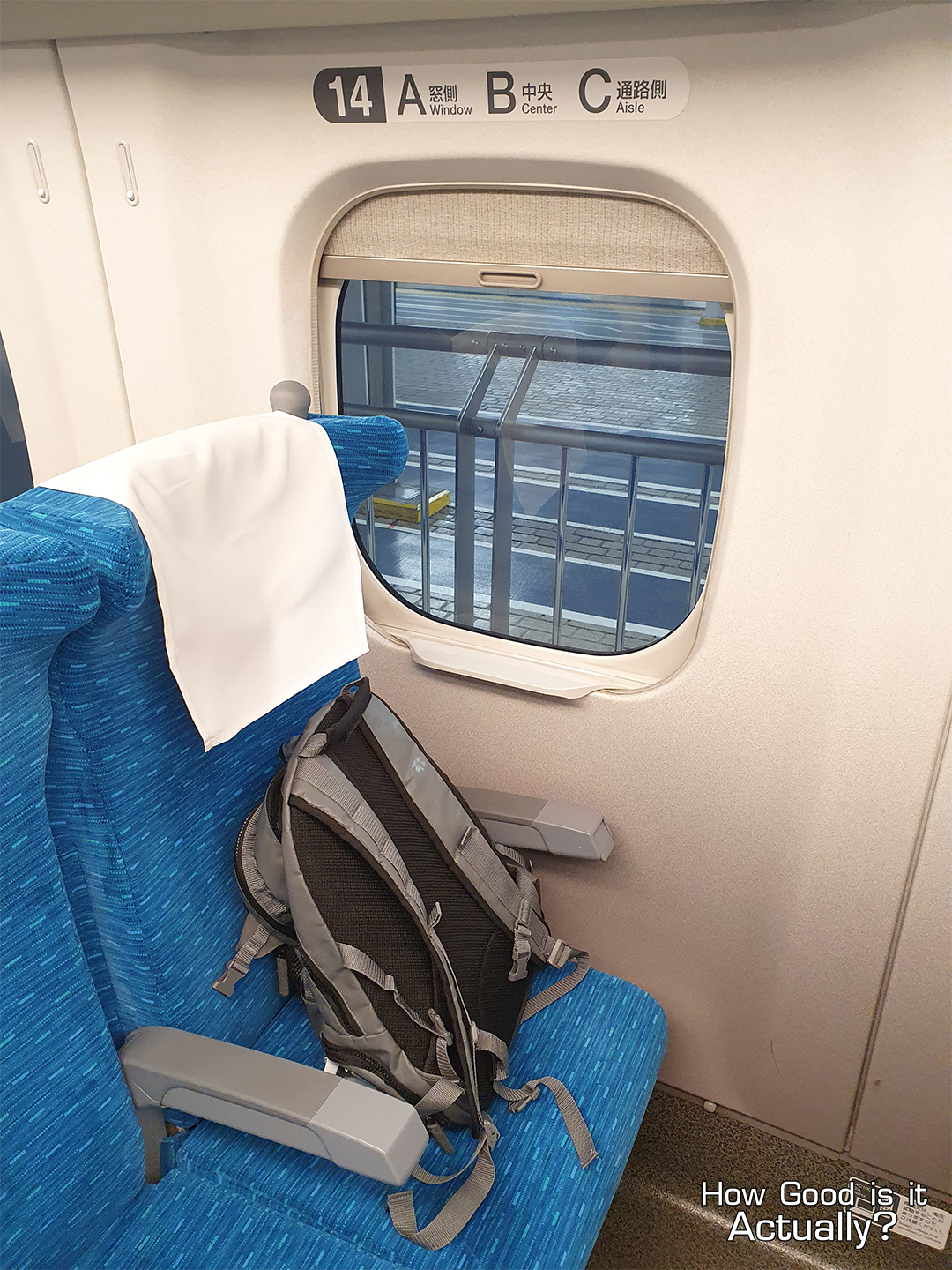
__________
 Arrival at Shin-Osaka Station
Arrival at Shin-Osaka Station 
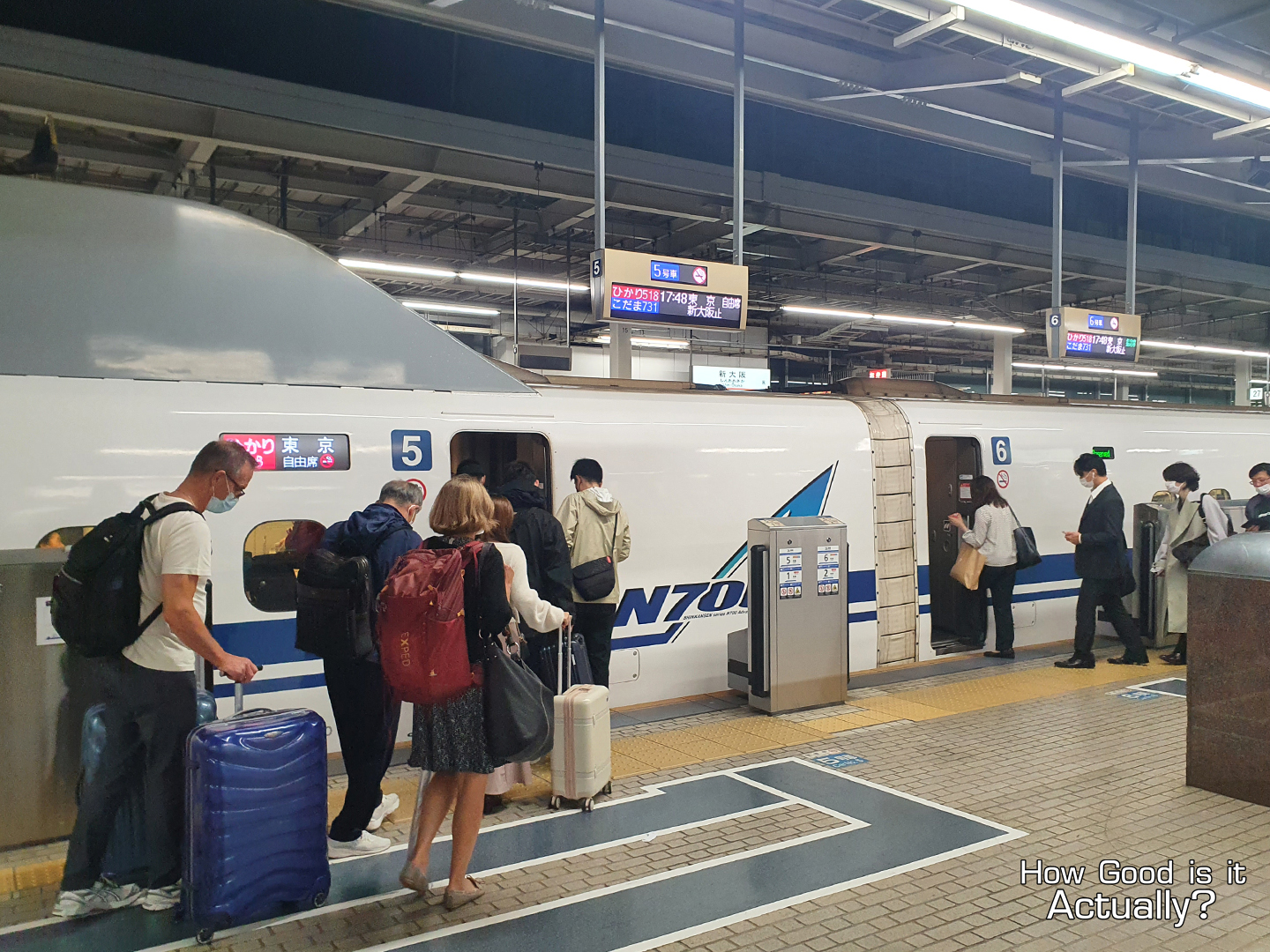
Now that you’re back at Shin-Osaka Station, take the escalators down to the station and exit through the gates.
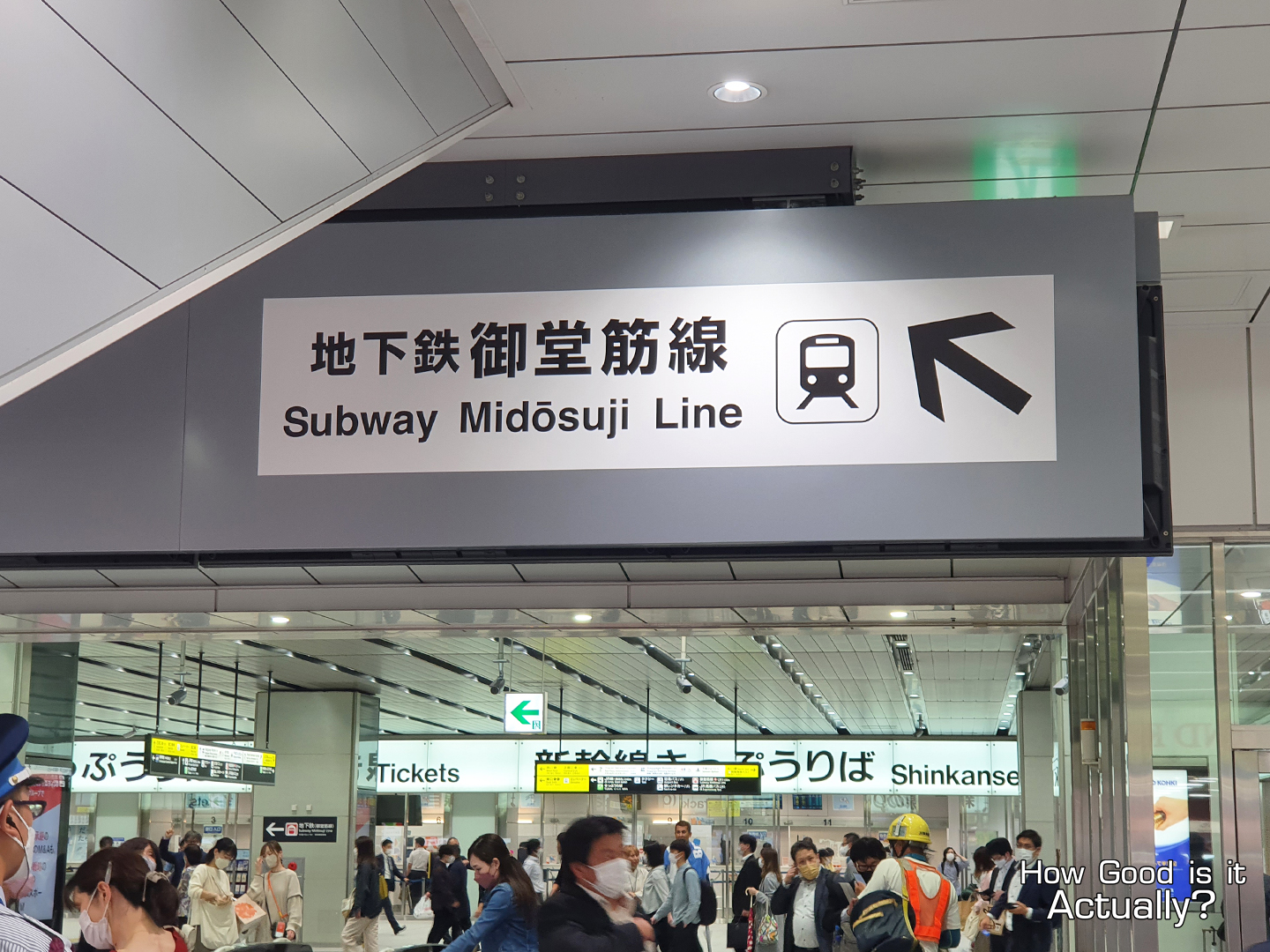
If you’re headed towards the city center (Dotonbori, Umeda) follow the signs towards the Midosuji Line (5 minute walk) and take the subway to your destination.
__________
 Departing Shin-Osaka Station (to Tokyo)
Departing Shin-Osaka Station (to Tokyo) 
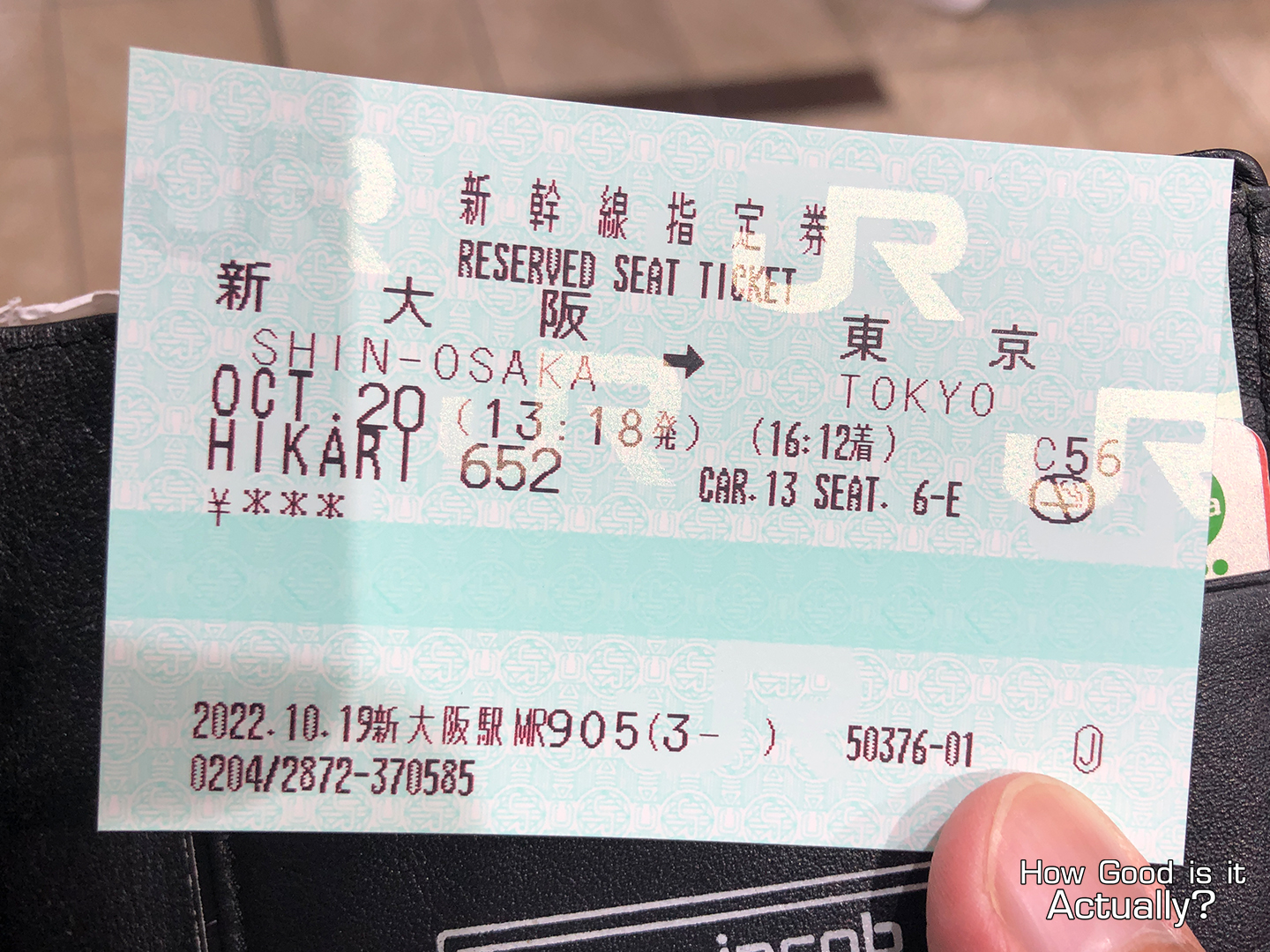
And with my Osaka, Kyoto, and Kobe side of my trip completed, it’s time to head back to Tokyo for my final few days in Japan.

The journey starts off the same as the Kyoto trip – head to Shin Osaka station and scan into the Shinkansen entrance gate.
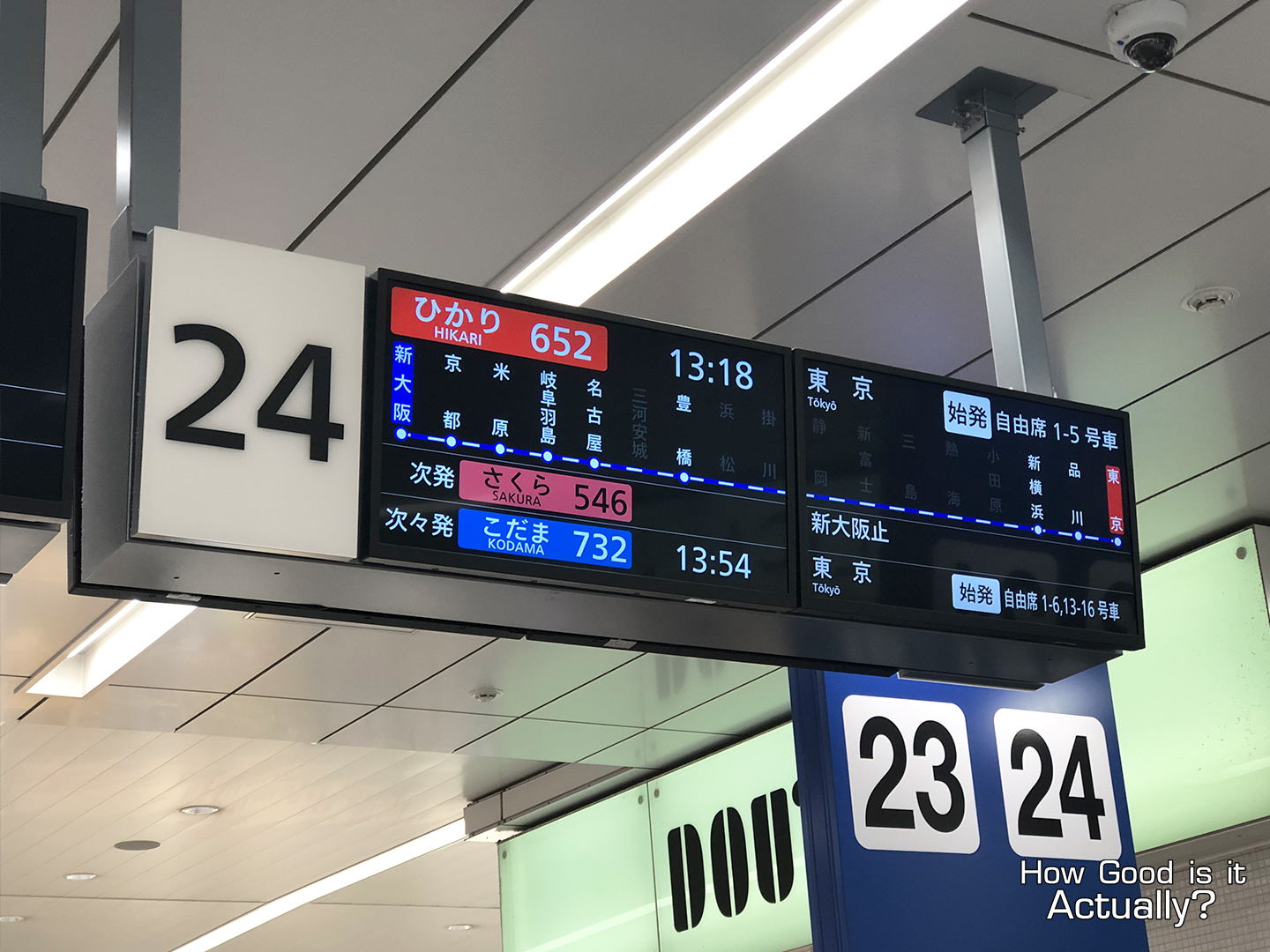
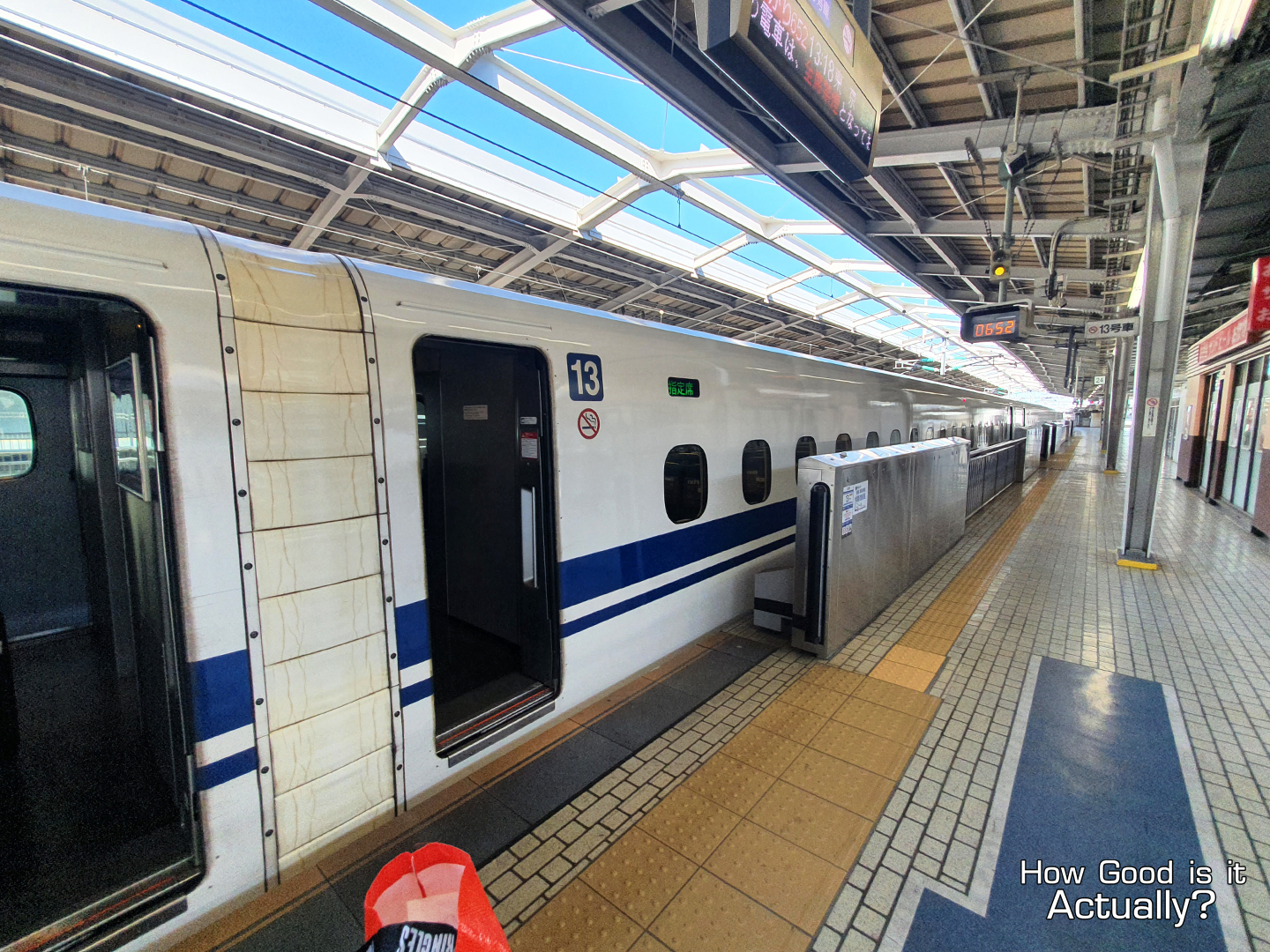
From there, locate the platform your train is at (bound for Nagoya and Tokyo,) and hop on to the train.
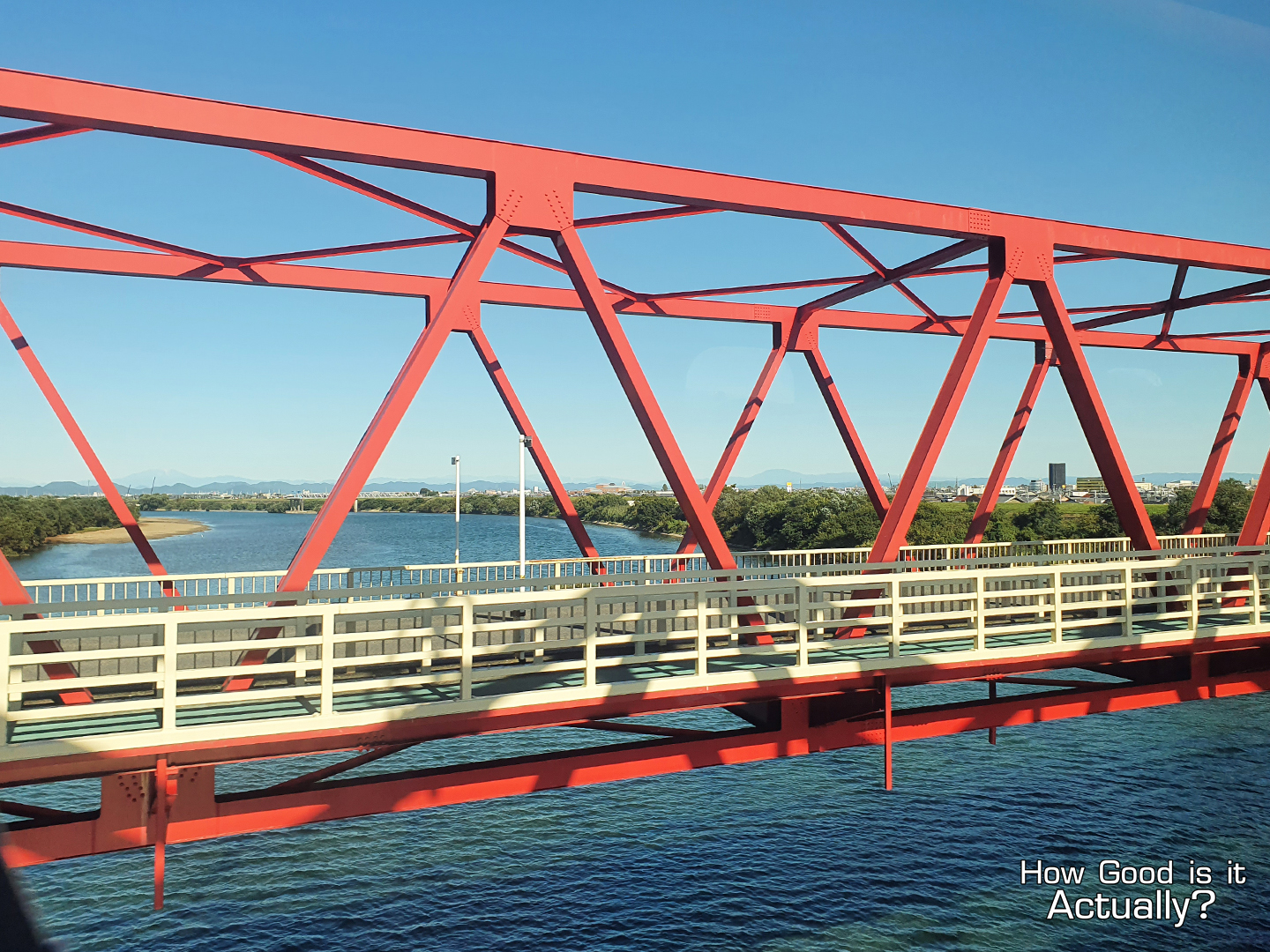
Once you’re at your seat, the trip to Tokyo should take around 2 Hours and 54 Minutes. (Don’t forget about Mt. Fuji! Details below.)
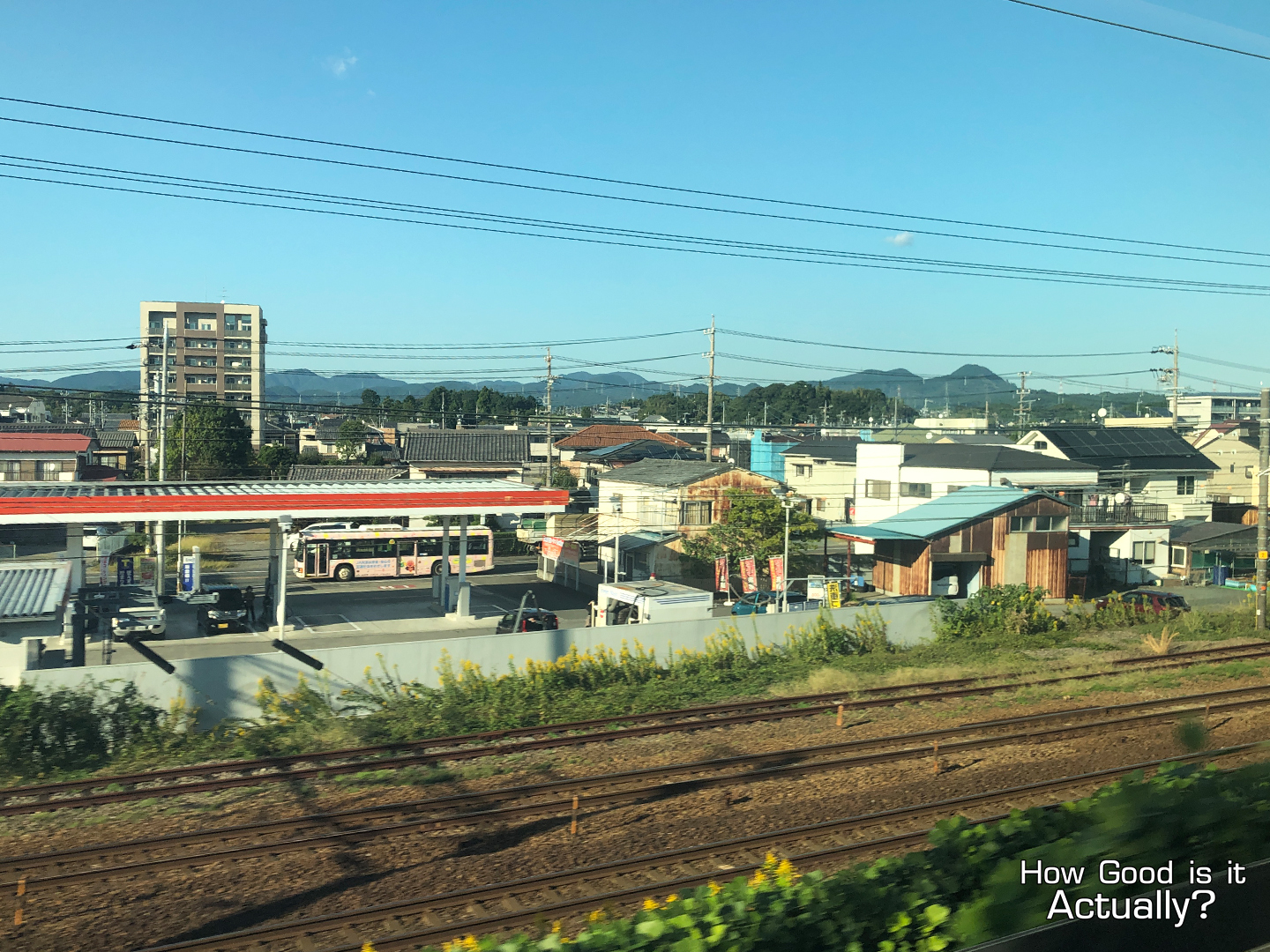
__________
 Arrival at Tokyo Station
Arrival at Tokyo Station 
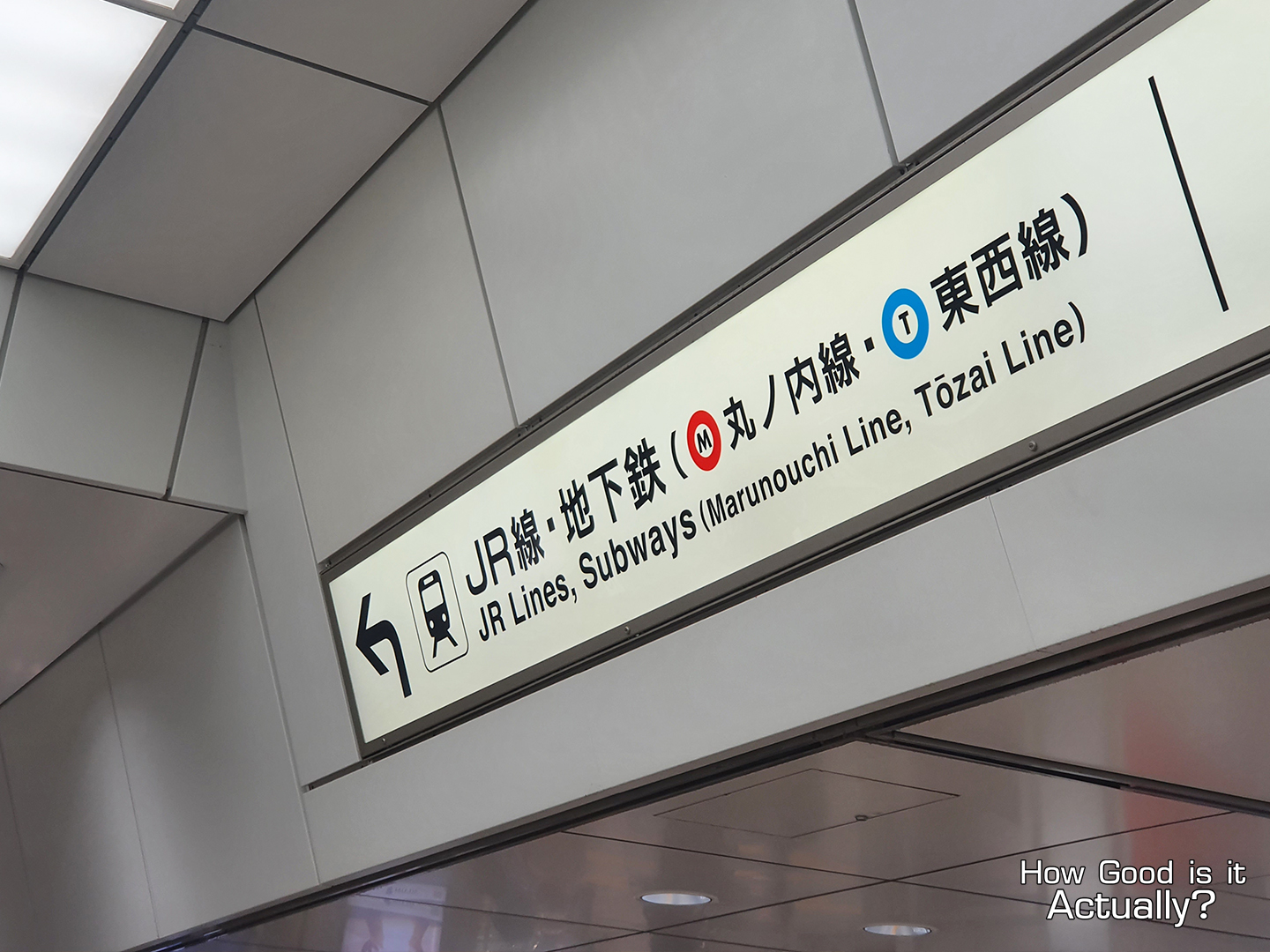
Once you arrive at Tokyo Station, exit from the Shinkansen and head towards the JR Line and Subway gates. From there, you have a bunch of different subway lines to choose from, depending on where you’re going.
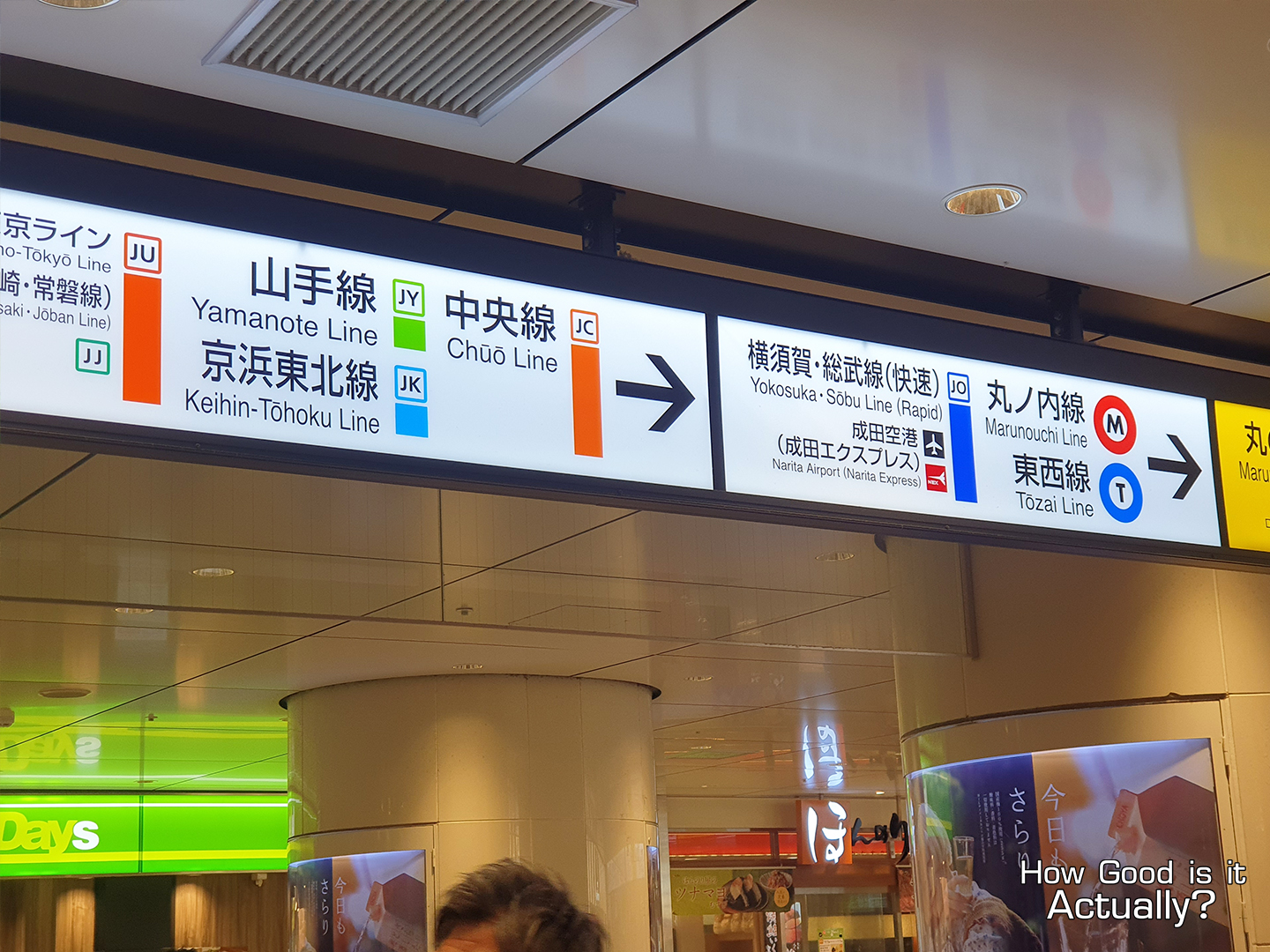
For some of the larger stations, take the Chuo Line for Shinjuku and Asakusa, and the Marunouchi Line for Shibuya.
Alternatively, you can head to Shibuya via the JR Yamanote Line (using your JR Pass,) which you can also take to Akhihabara and Ueno.
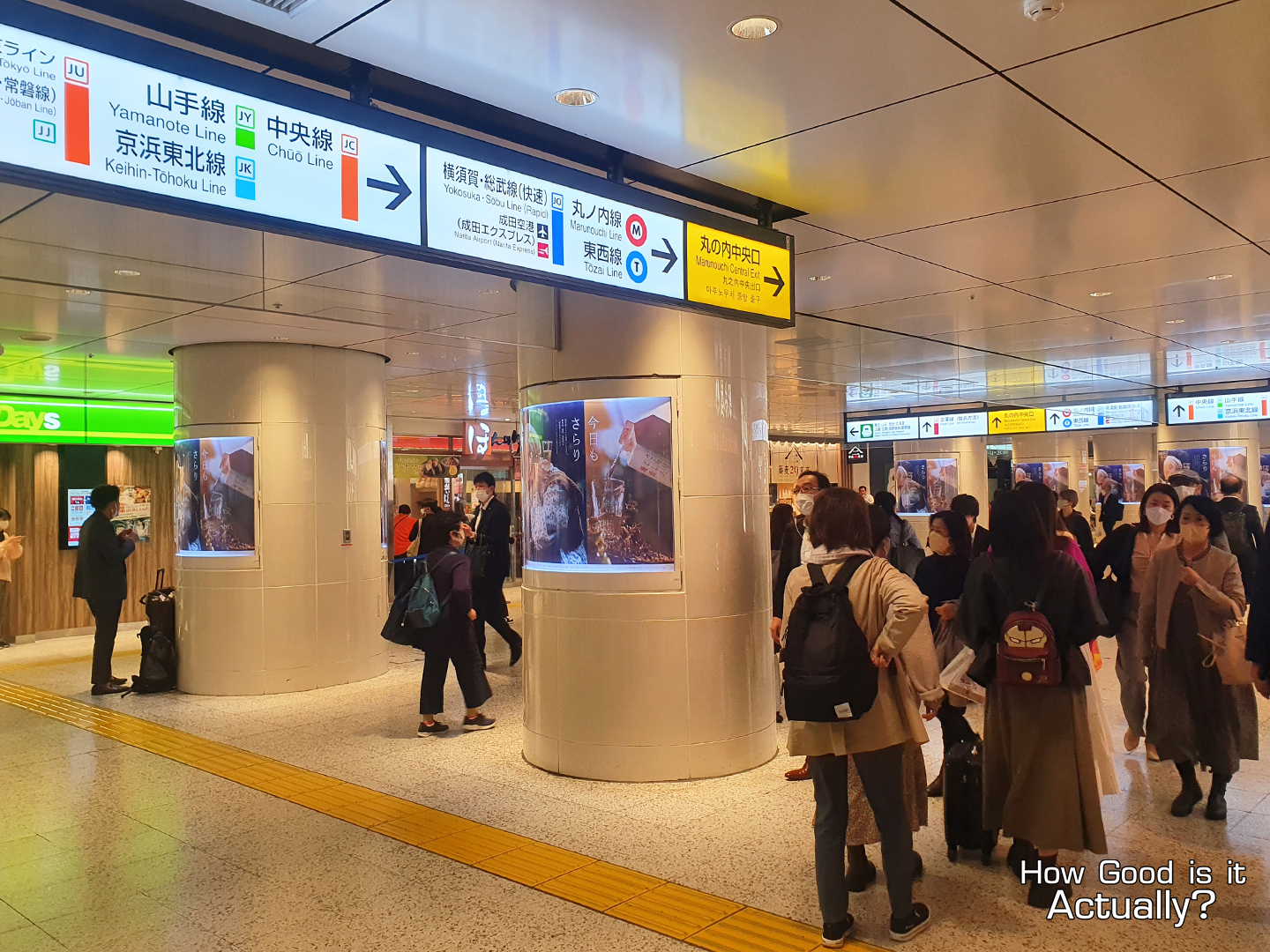
__________
 Things to do at Tokyo
Things to do at Tokyo 
Full list of reviews: Tokyo
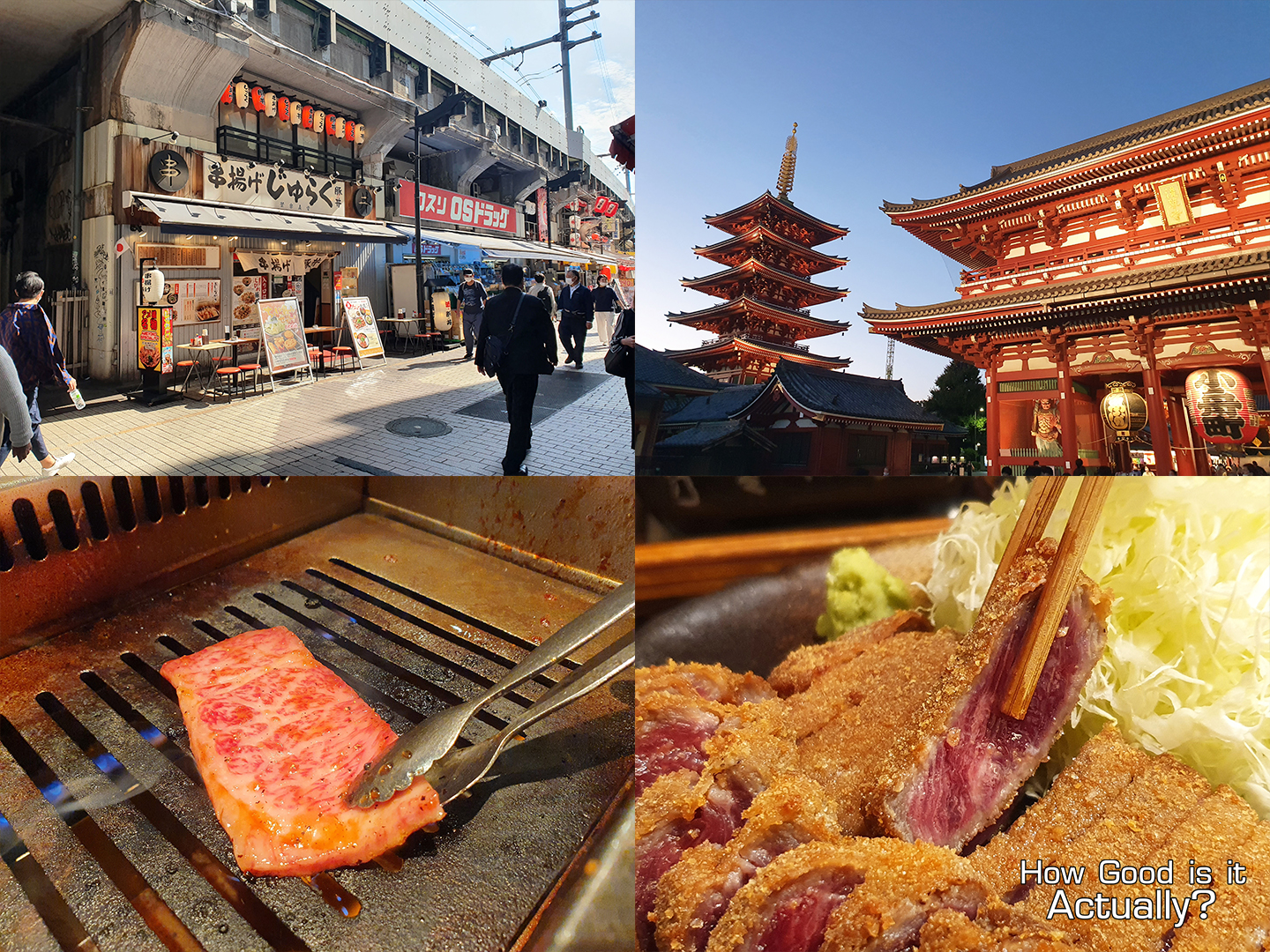
Tokyo needs no introduction, of course, but let’s go through some of the places I enjoyed during the trip. For a fancy yakiniku meal, Yakiniku Jambo Hanare is my personal recommendation. It’s quite hard to get a reservation here, so make sure to book a timeslot as soon as you can. And for something with slightly less waiting time, there’s Gyukatsu Motomura. (They also have stores in Osaka, but I tried their Tokyo store this trip.)
Full Review: Yakiniku Jambo Hanare
Full Review: Gyukatsu Motomura
For travel destinations, Ameyoko Market is a great place for breakfast and a morning walk (especially if you’re staying around Ueno,) and for Tokyo’s oldest (and most famous) temple, head over to Sensoji Temple at Asakusa.
Full Review: Ameyoko Market
Full Review: Sensoji Temple
__________
 Mt. Fuji
Mt. Fuji 
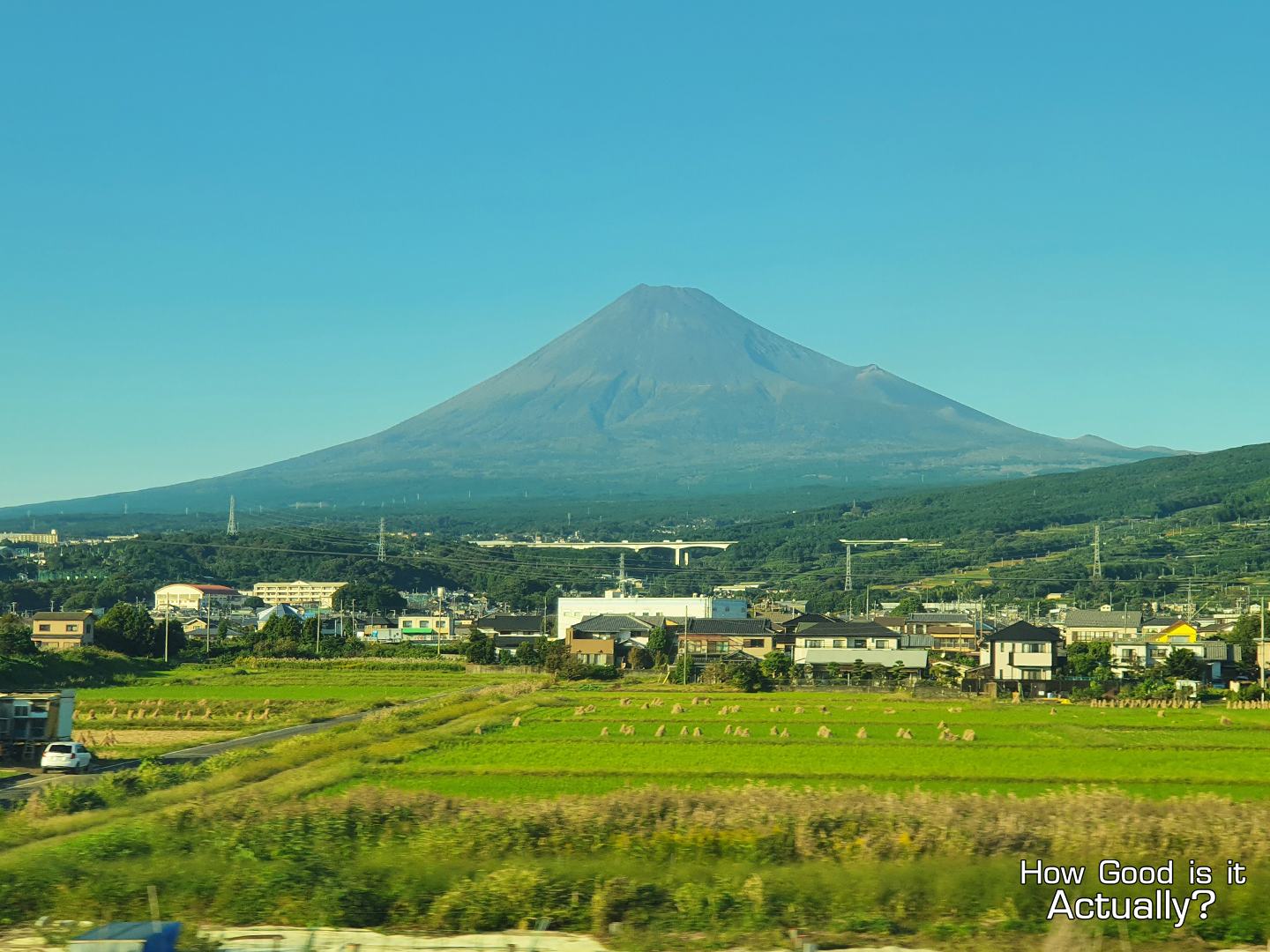
Mt. Fuji. One of the highlights of a Shinkansen ride between Tokyo←→Osaka. As someone who missed a view of it during my initial trip to Osaka, I was lucky enough to come across a view of Mt.Fuji on the way back to Tokyo. (Yes, this meant I only saw Mt. Fuji ‘cause I happened to look out the window at the right time…) Mt. Fuji really left quite the lasting impression on me, and now that I’ve seen it in person, here’s a few tips to get the best view.


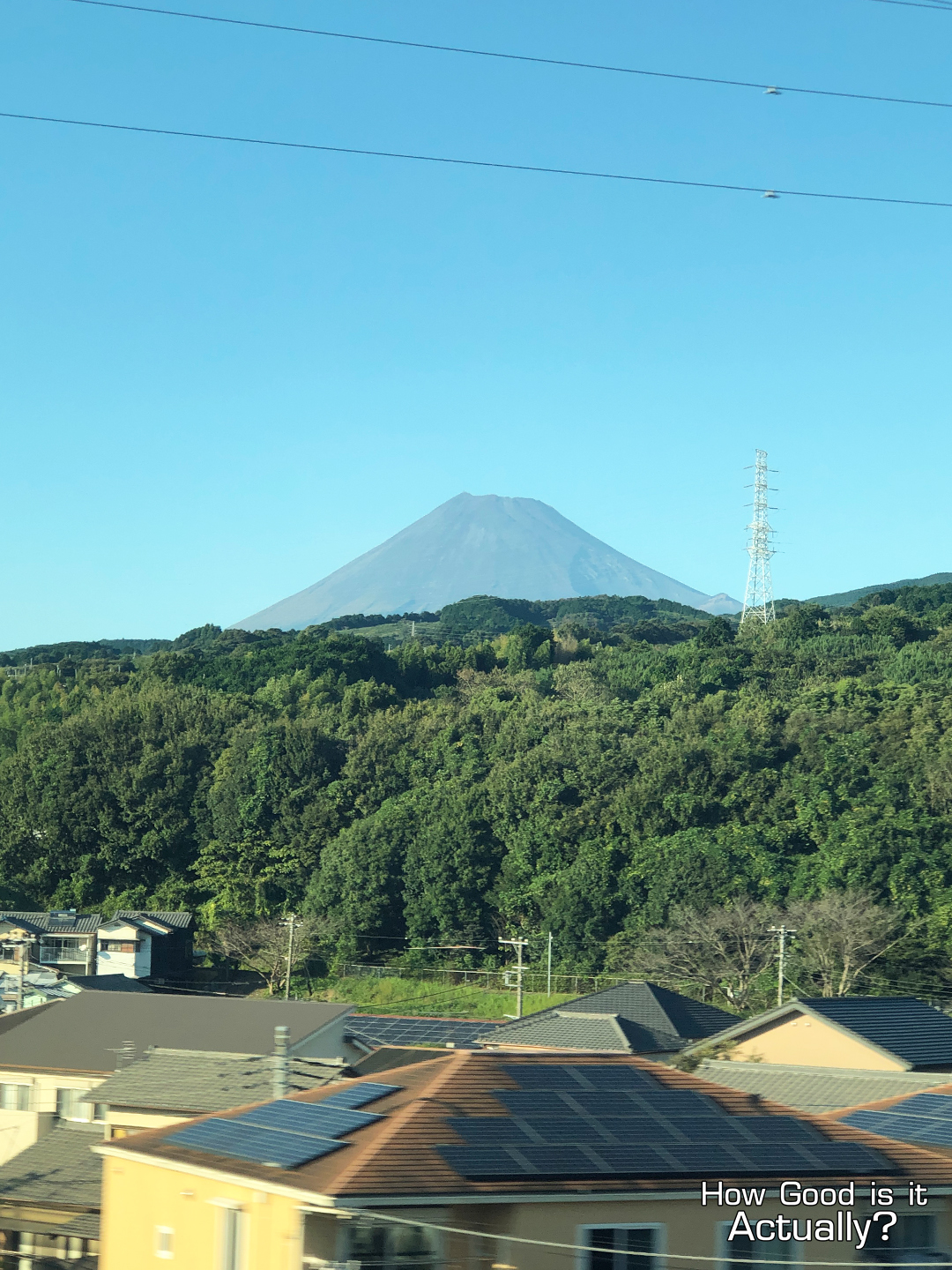
If you want to explore Mt. Fuji a little more, you could always stop at Shin-Fuji station for a few hours before continuing on your journey. The Hikari trains (fastest JR Pass option) doesn’t stop over at Shin-Fuji, though, so you’ll have to plan your route in advance should you want to stop by.
__________
 VERDICT
VERDICT

Editor’s Note: The price of the JR Pass has increased to ¥50,000 since the writing of this review. As a result, my travel plan here no longer reaches the threshold needed to cover the cost of the pass – so you’ll need to add more stops to make full use of it. The overall experience (convenience, seating, etc.) was a very positive one regardless, so if you can cover the new cost, I say there’s no reason NOT to get a JR Pass.
*Below is my original verdict when the pass was ~¥30,000*
So how good is the JR Pass actually? Well, as mentioned in my previous overview, getting one gives access to some great services. But whether or not the JR Pass is worth your purchase ultimately comes down to how much you’ll be using it. If you need a quick guide to easily cover ¥30,000, a trip between these cities should roughly cover around ¥33,000 by itself – any extra trips beyond that just adds to the value.
Tokyo→Kobe
Kobe→Osaka
Osaka→Kyoto
Kyoto→Osaka
Osaka→Tokyo
Tokyo→Narita Airport (NEX)
So if you’re travelling in Japan to explore the different prefectures and regions of the country, have a look at your travel costs. And if it works out best to grab a JR Pass, I see no reason not to grab one for the ride.

__________
